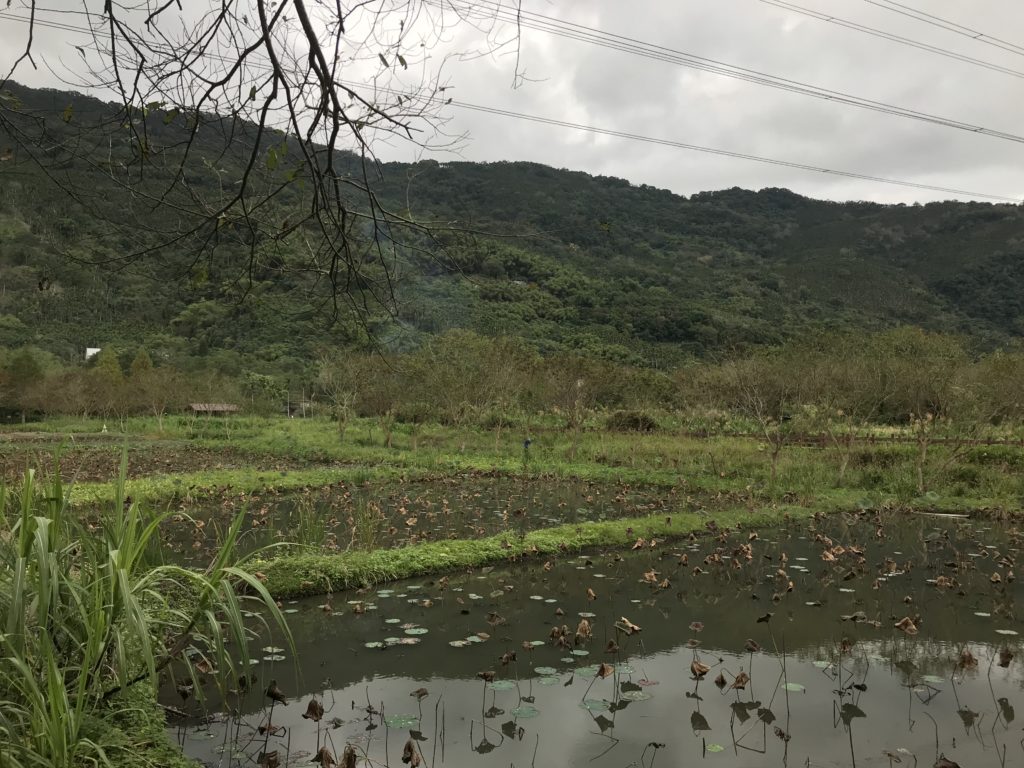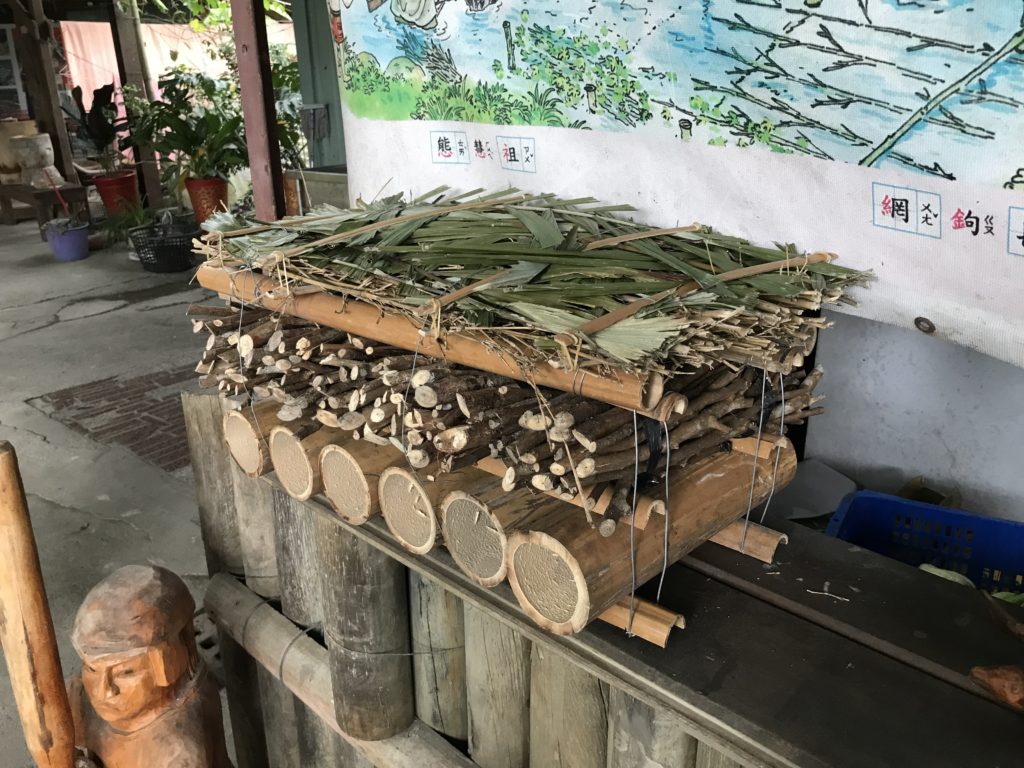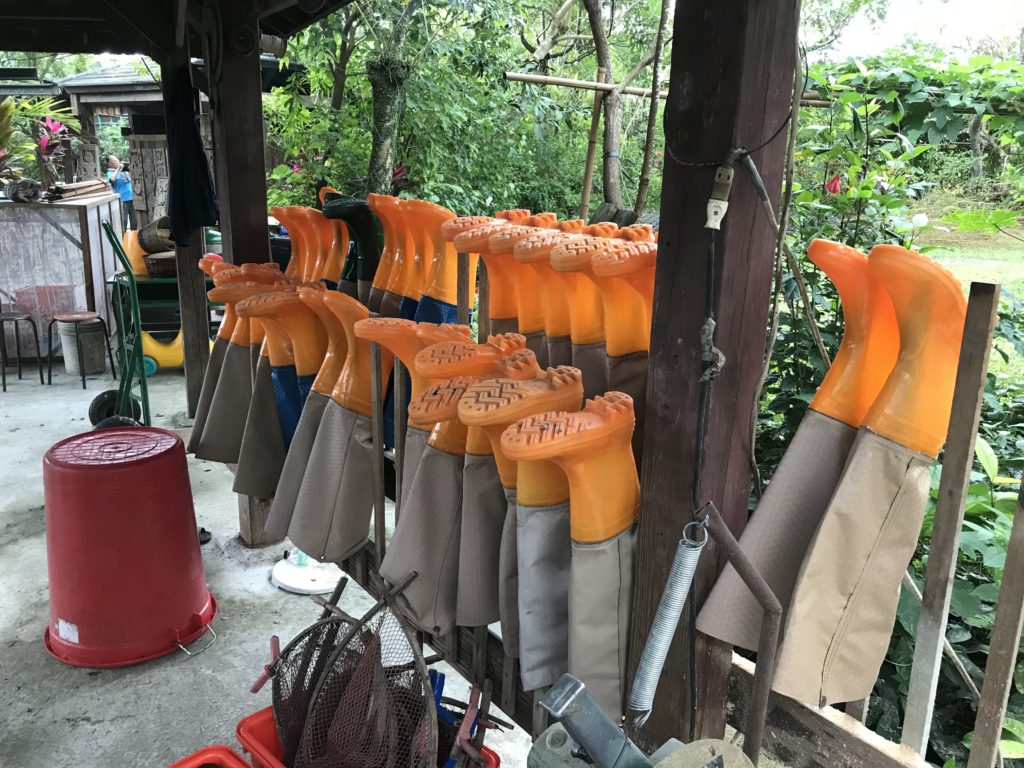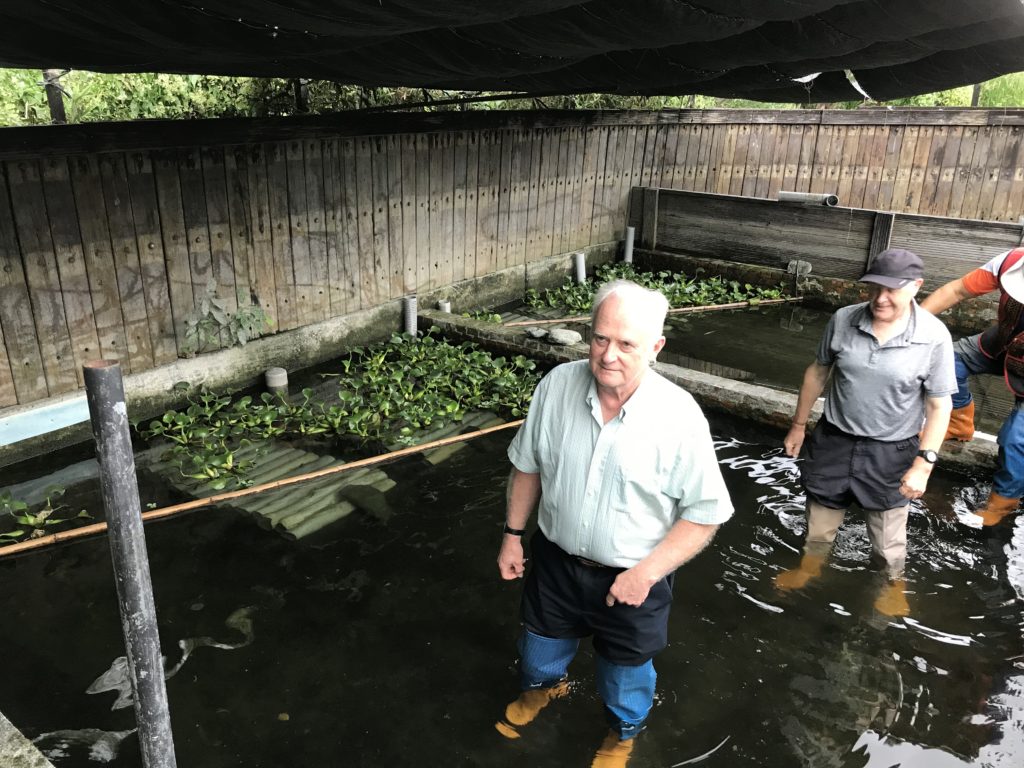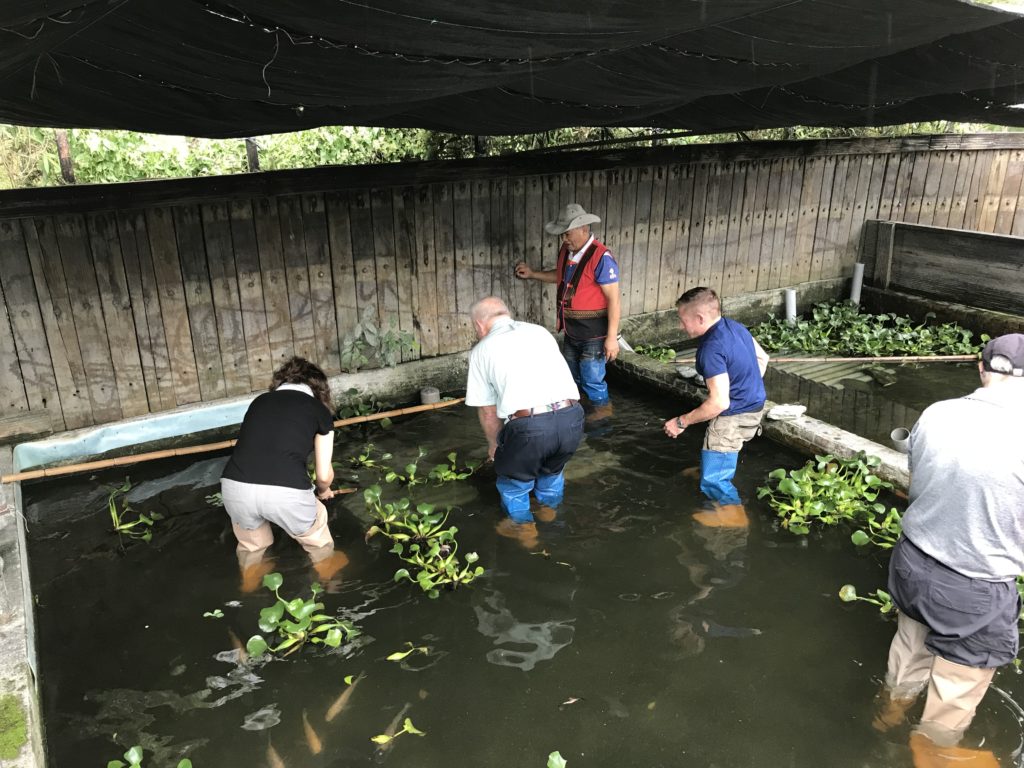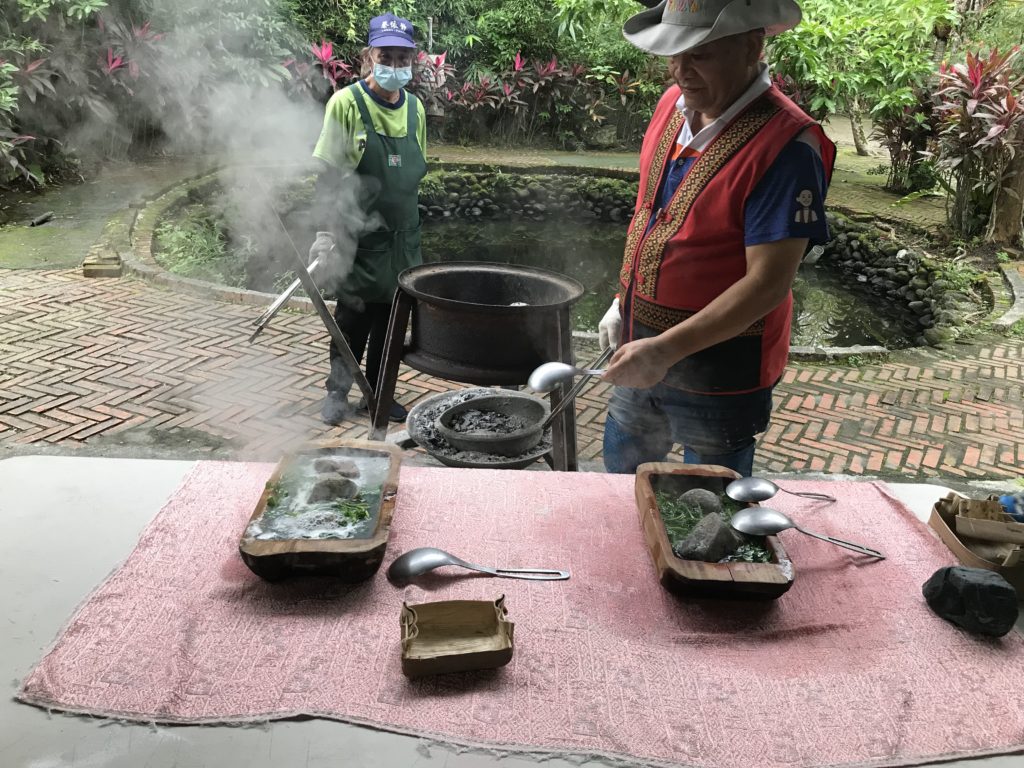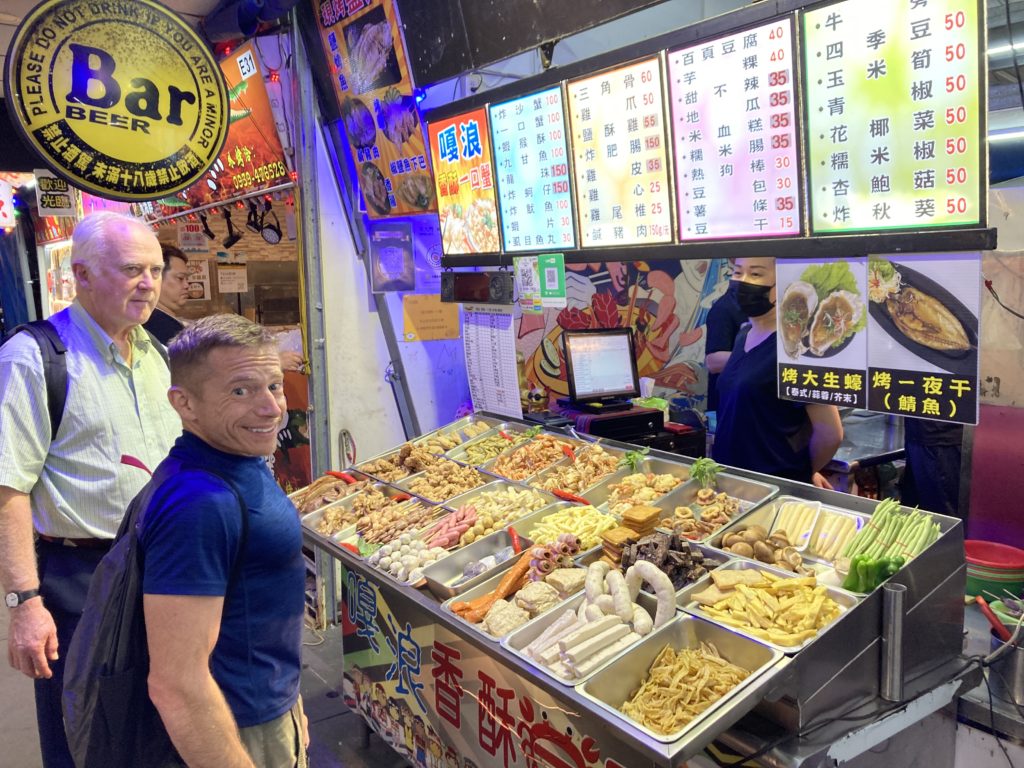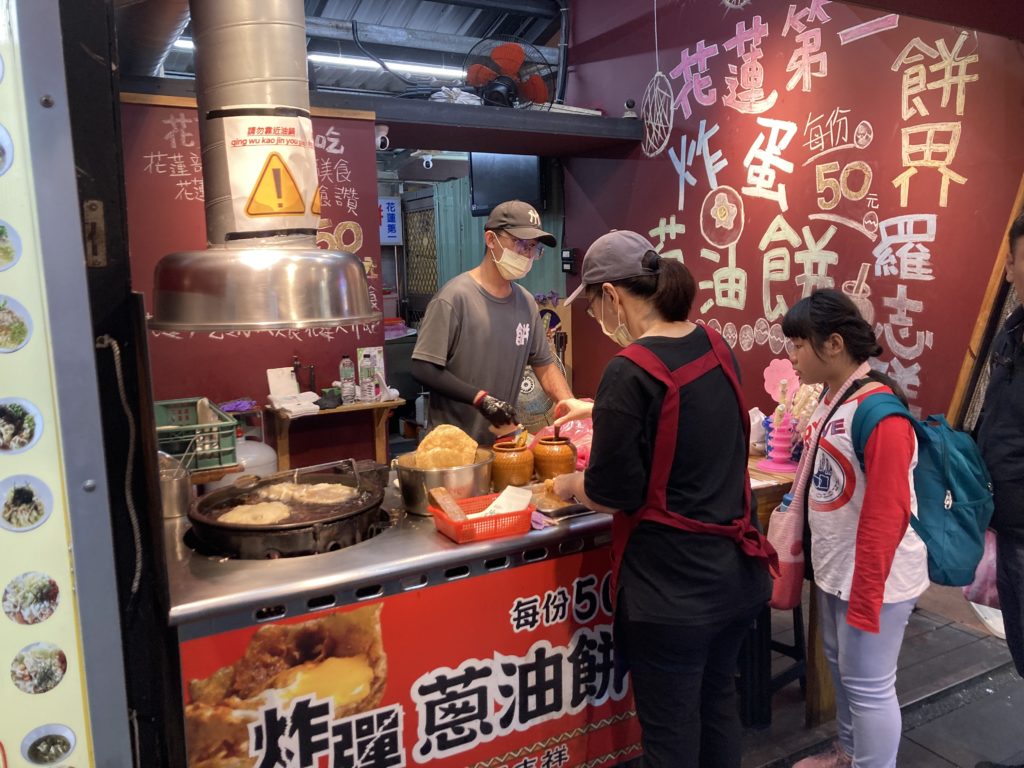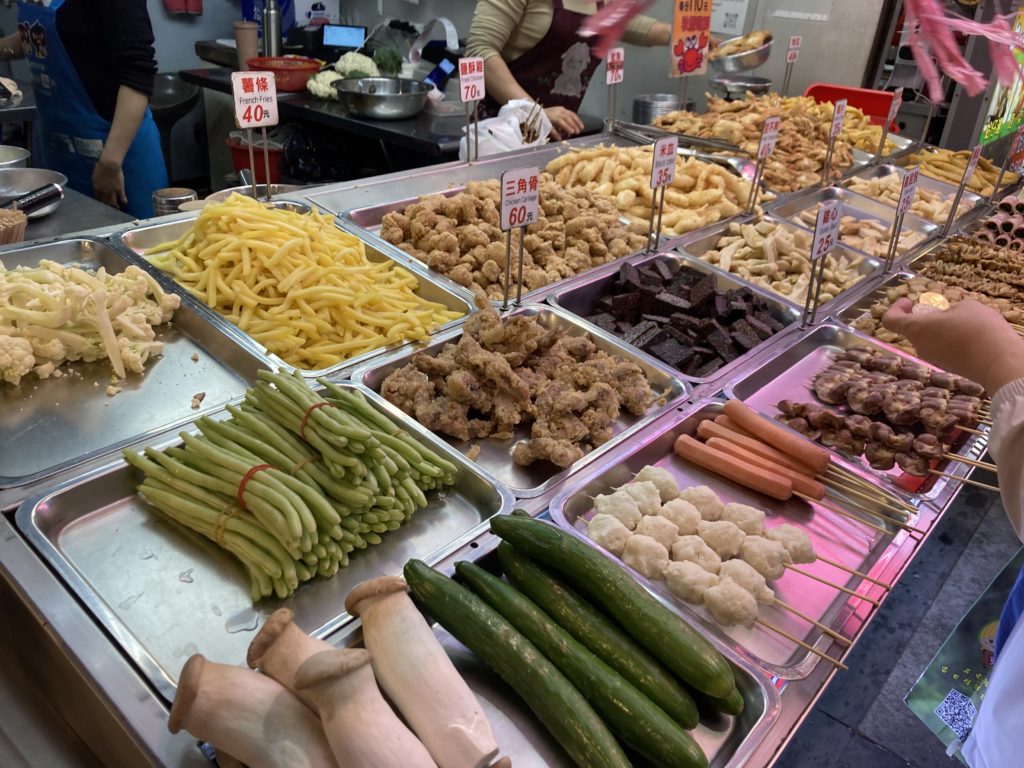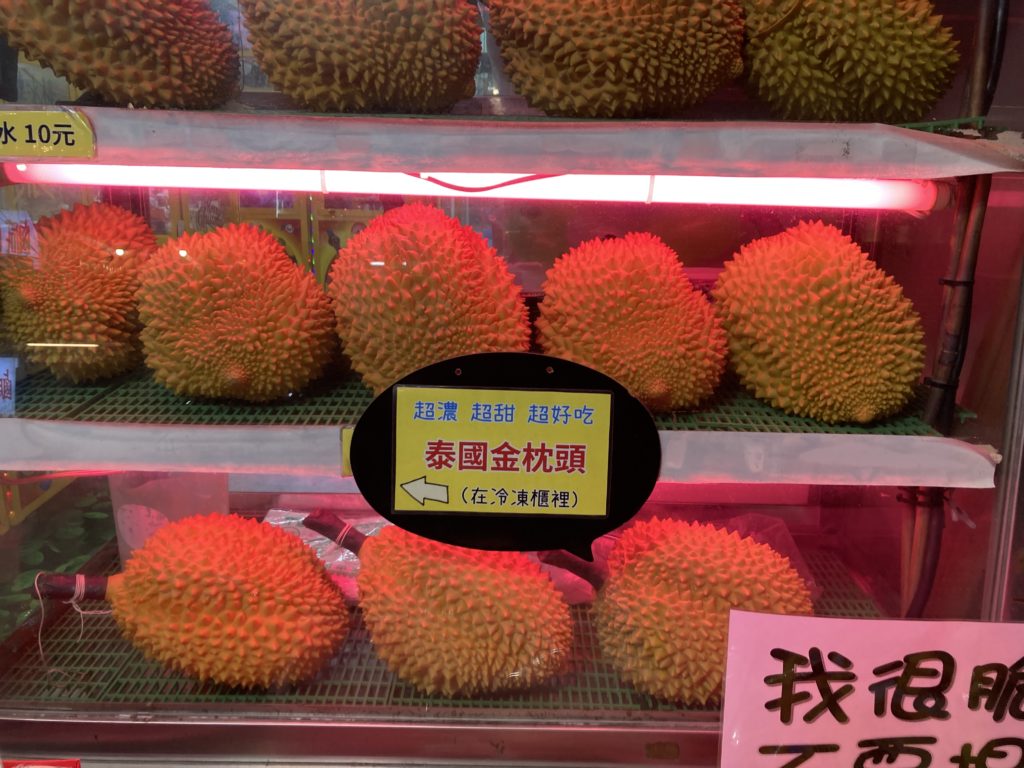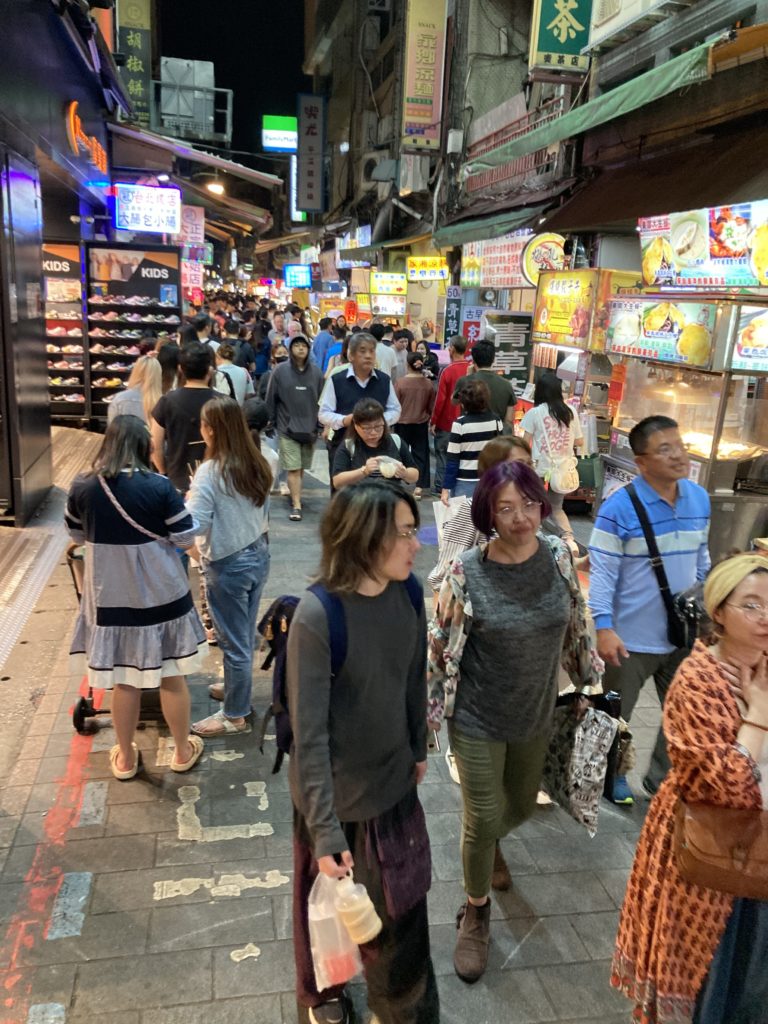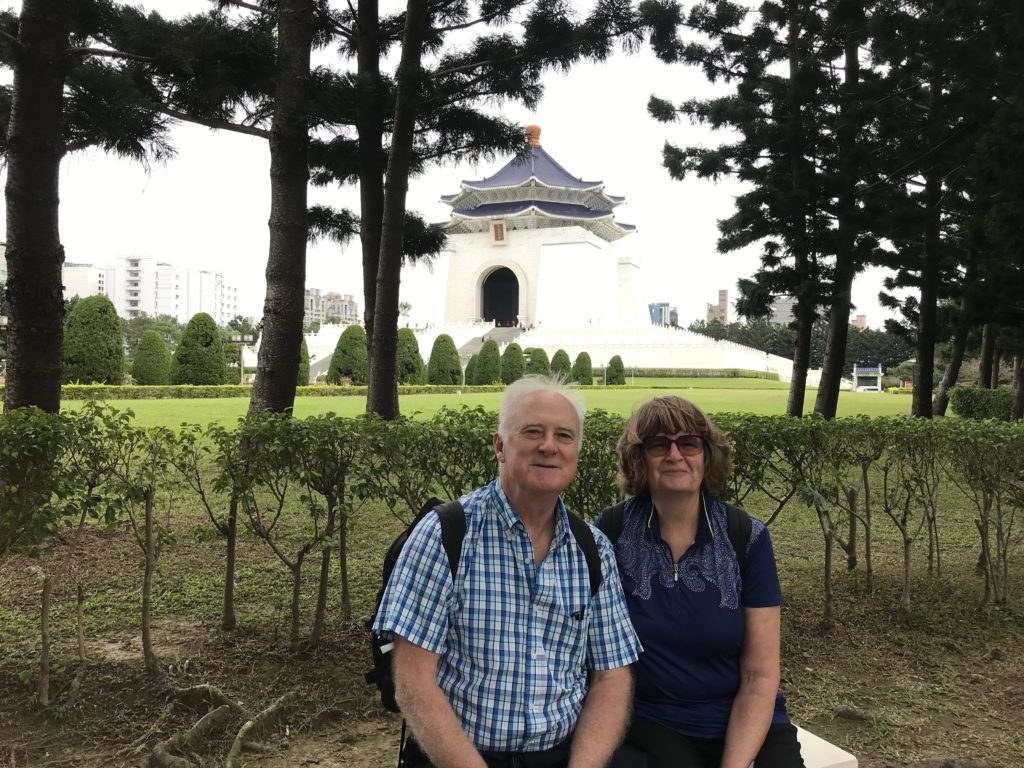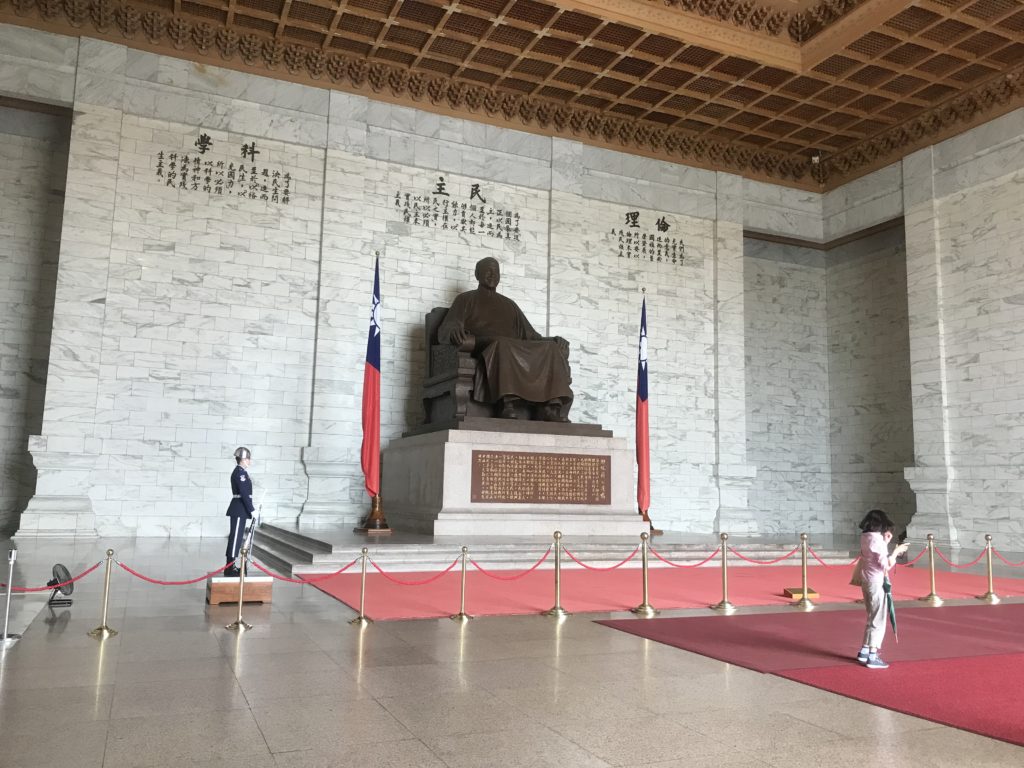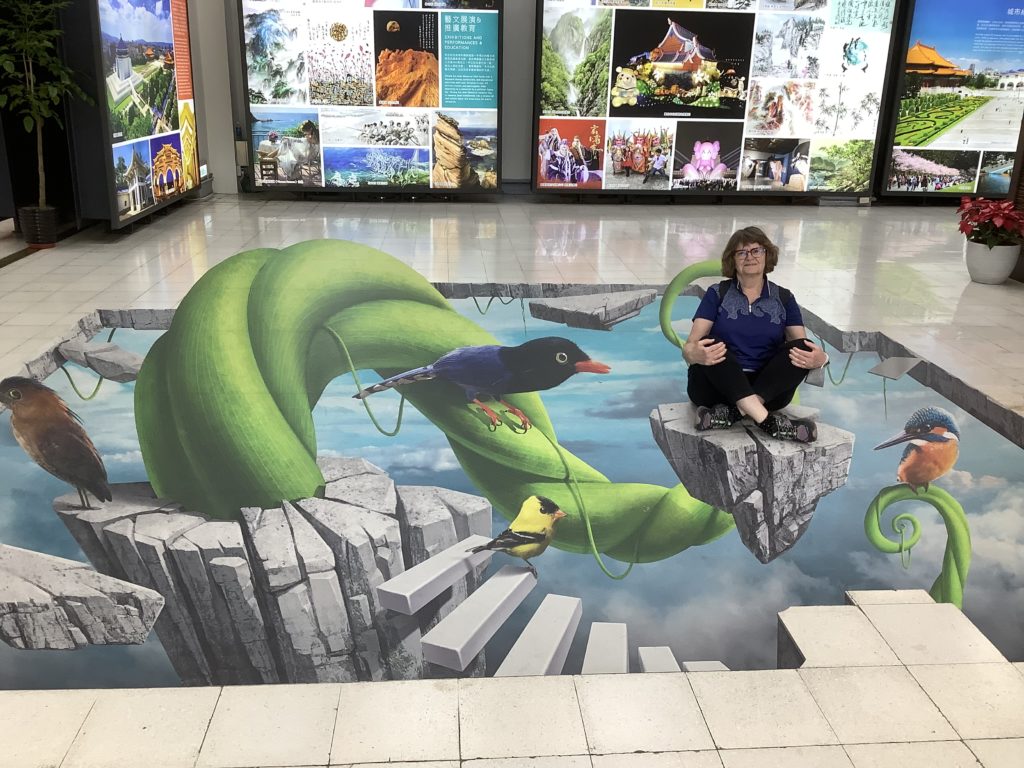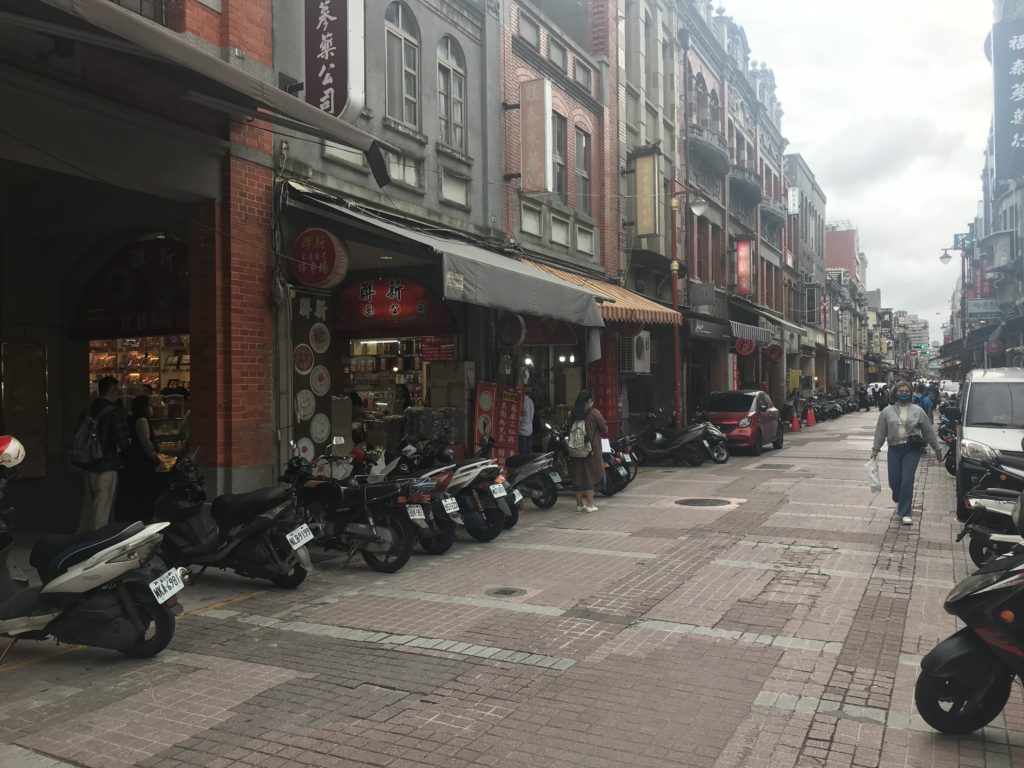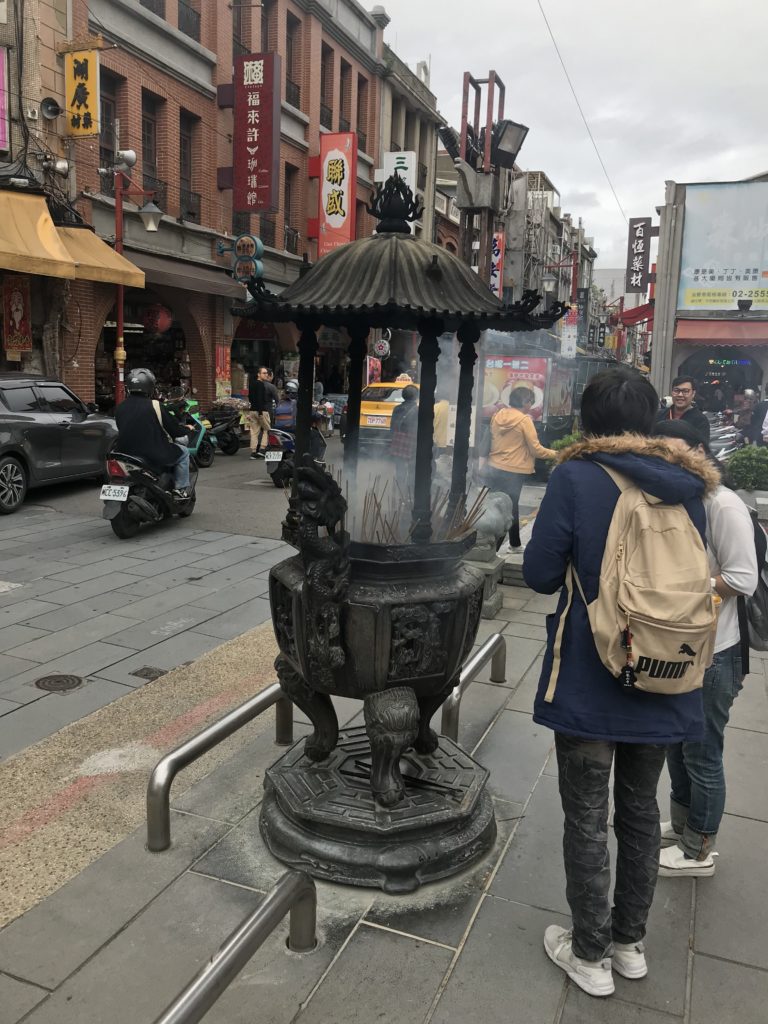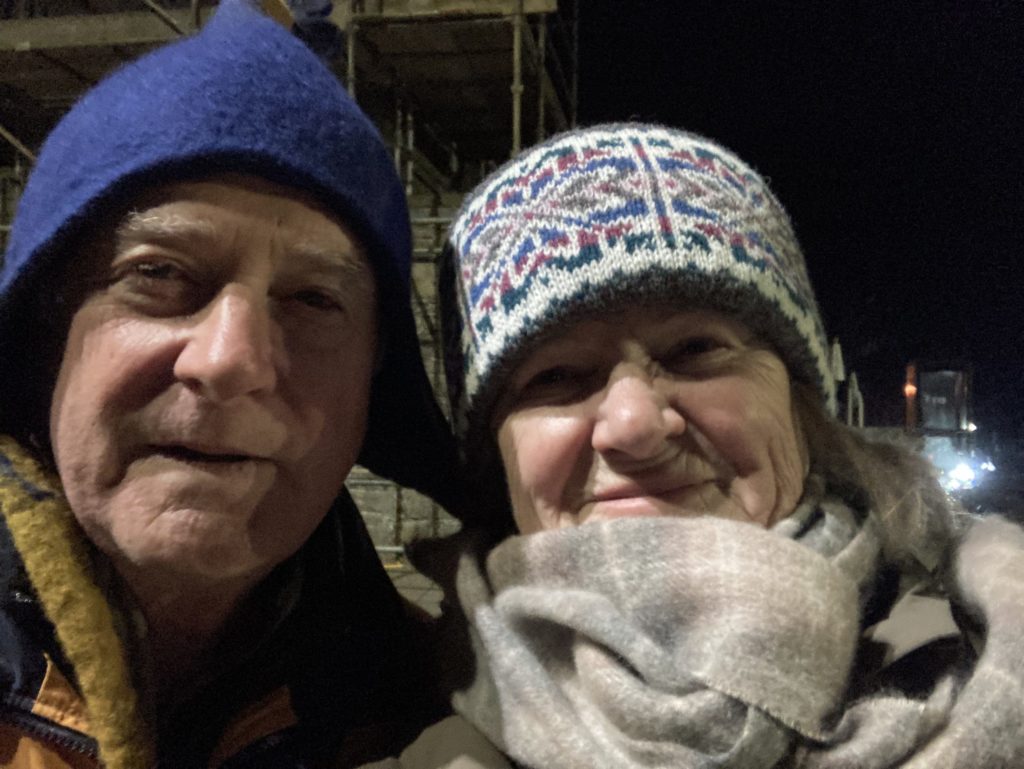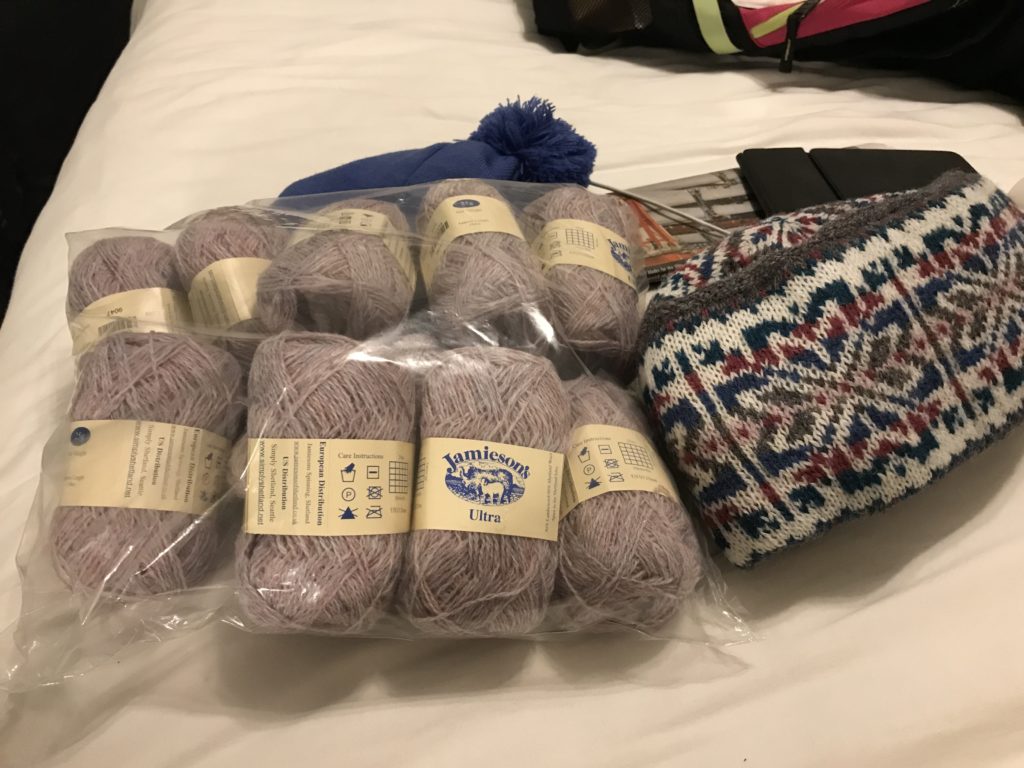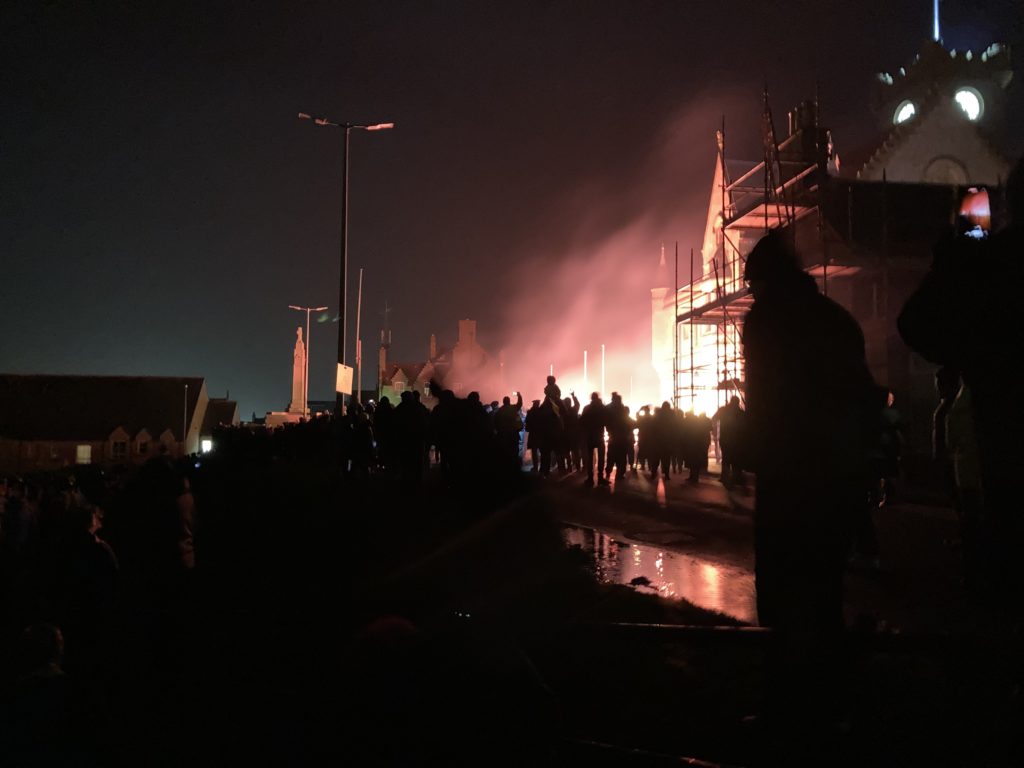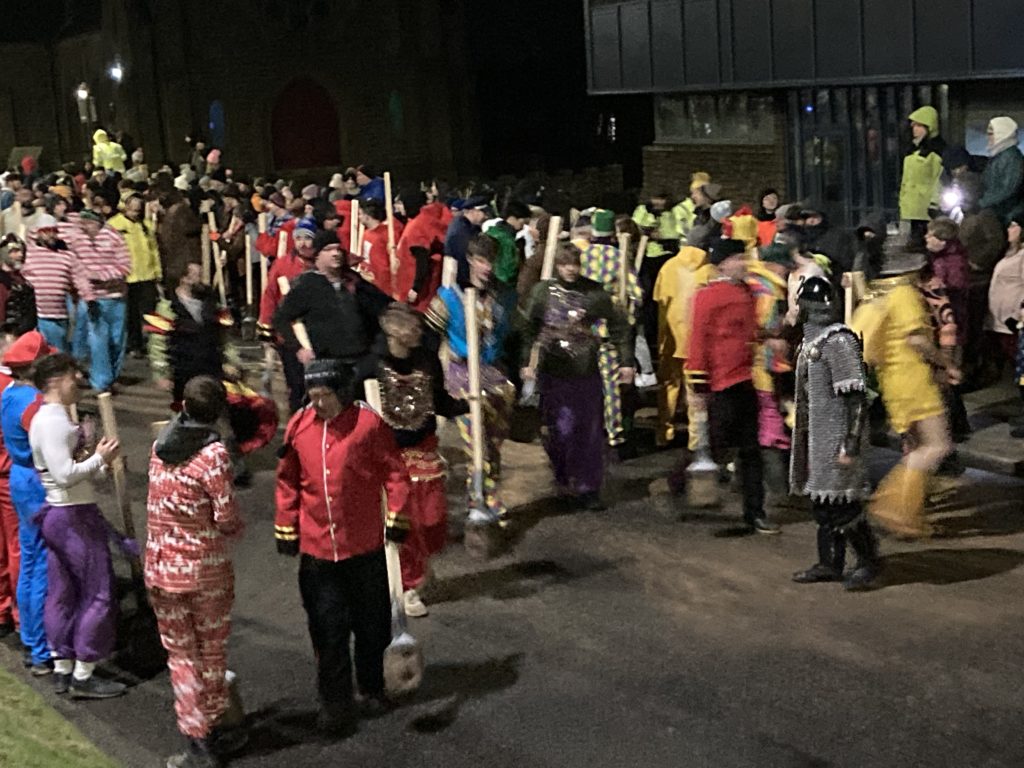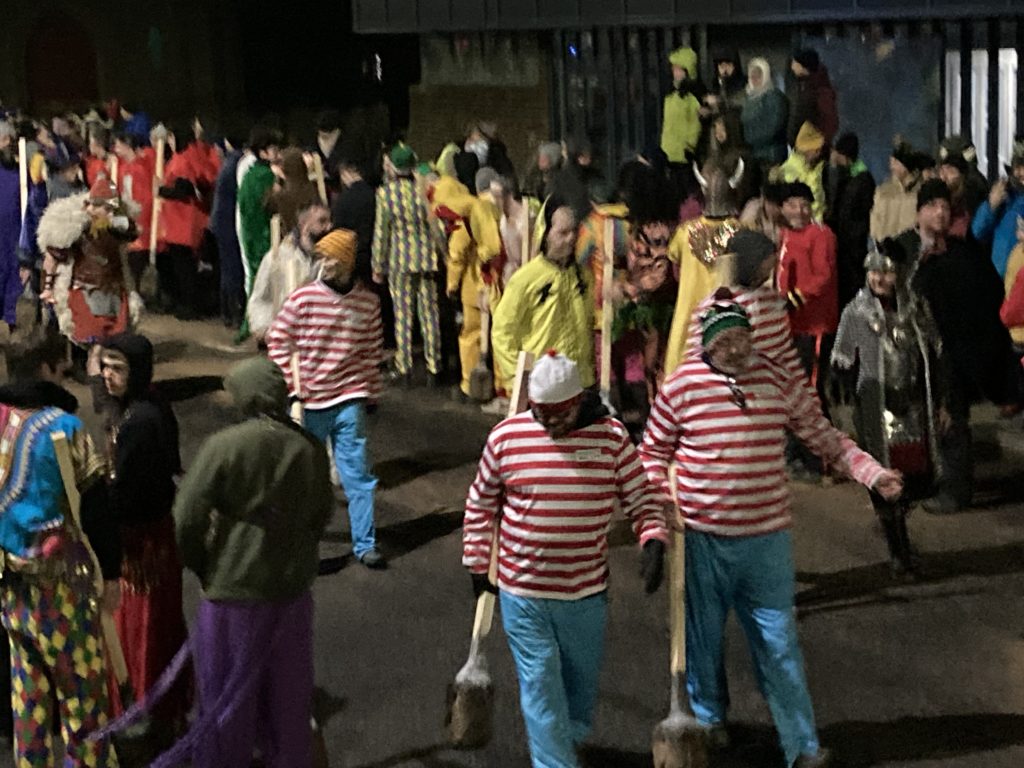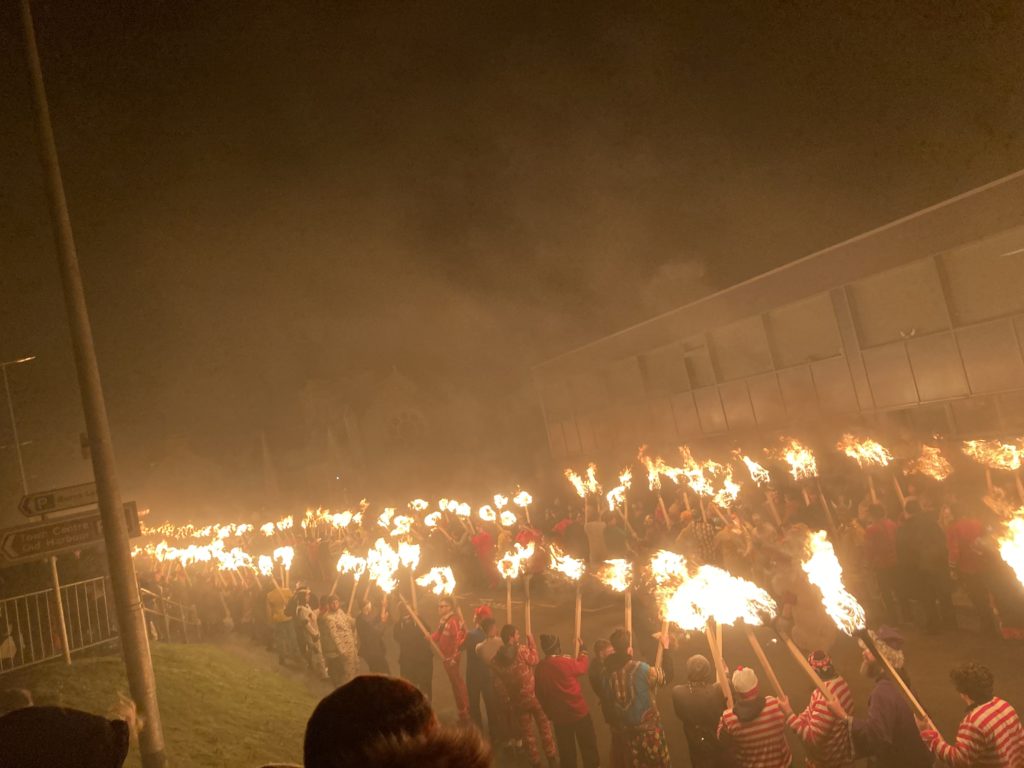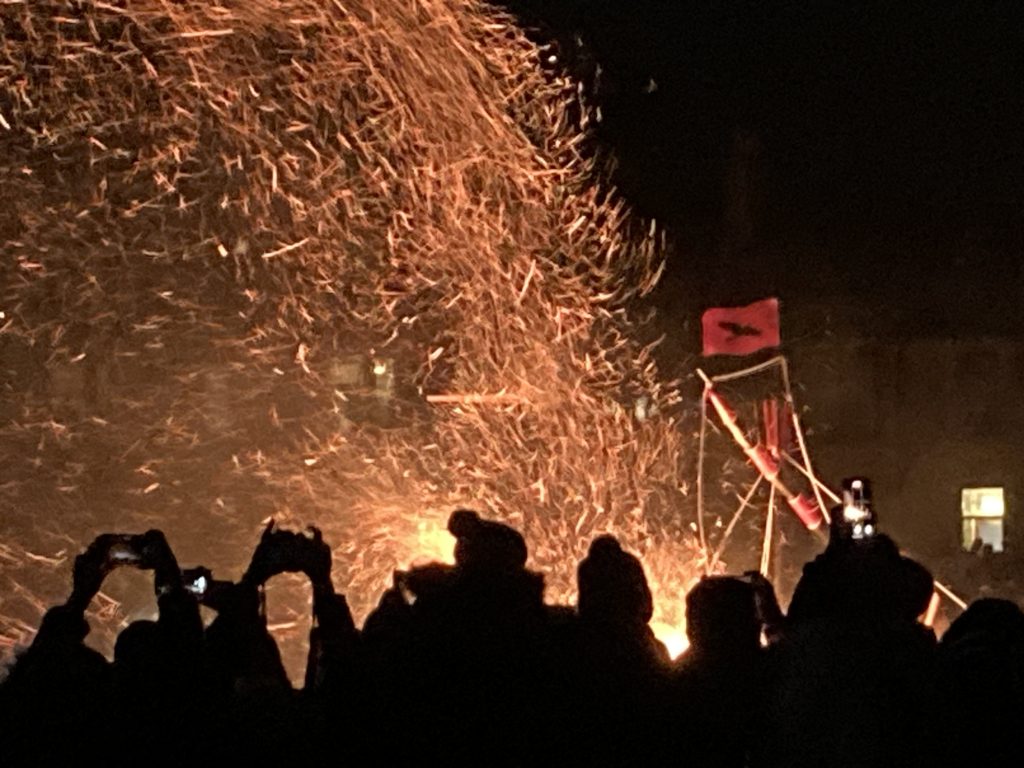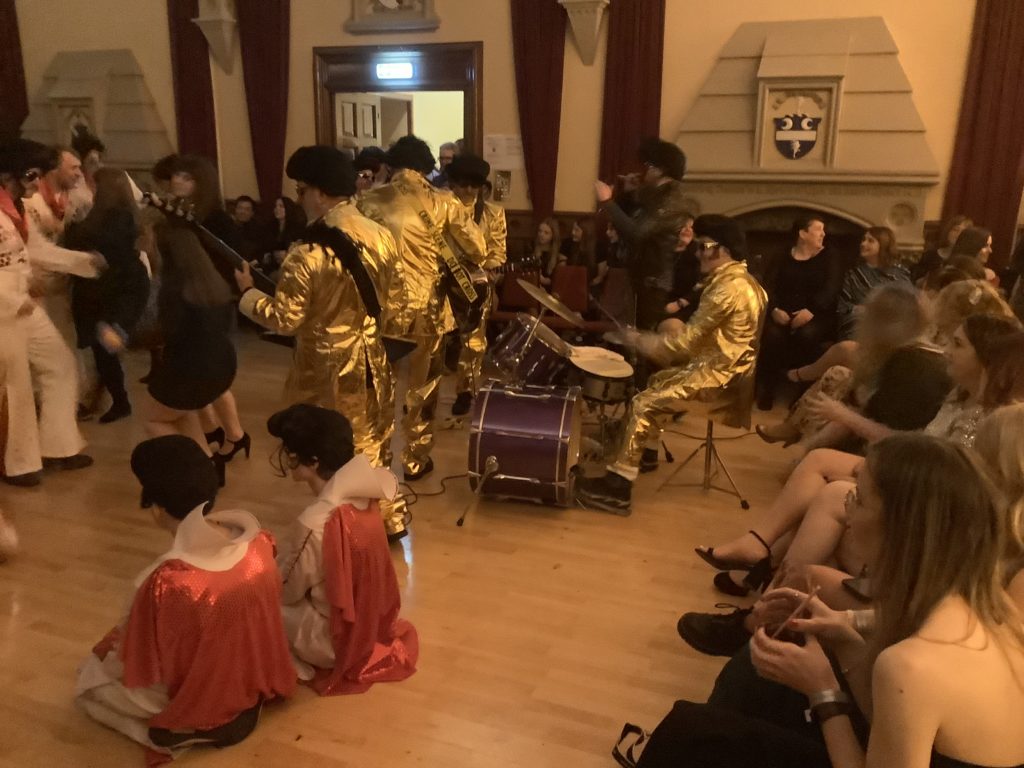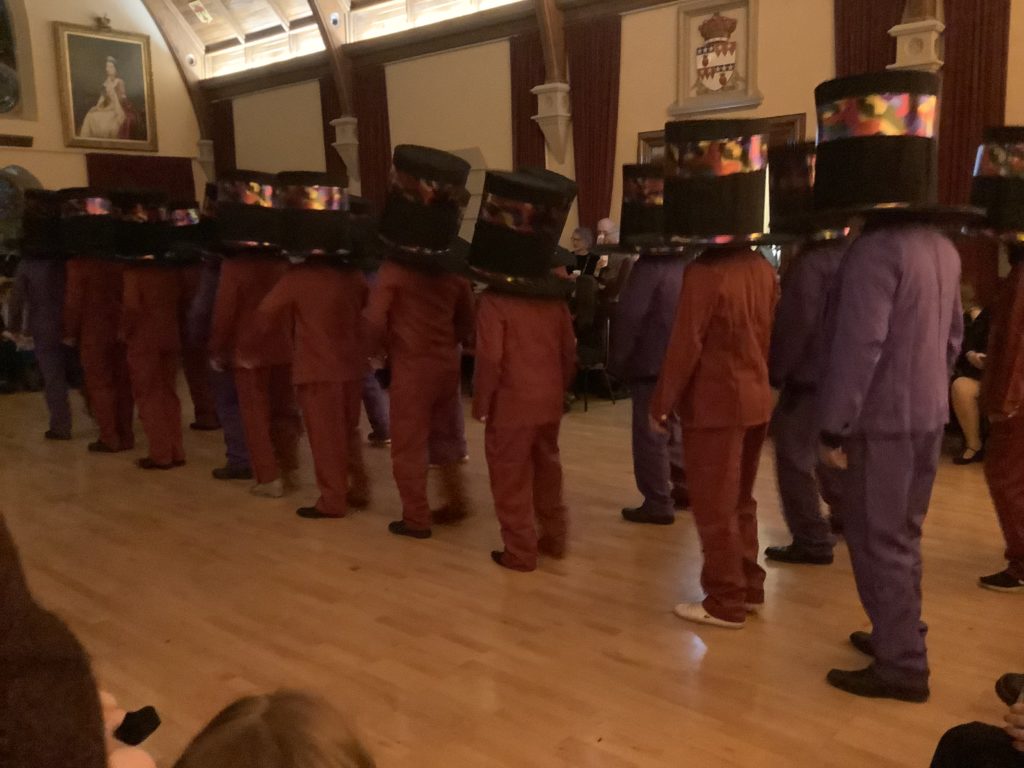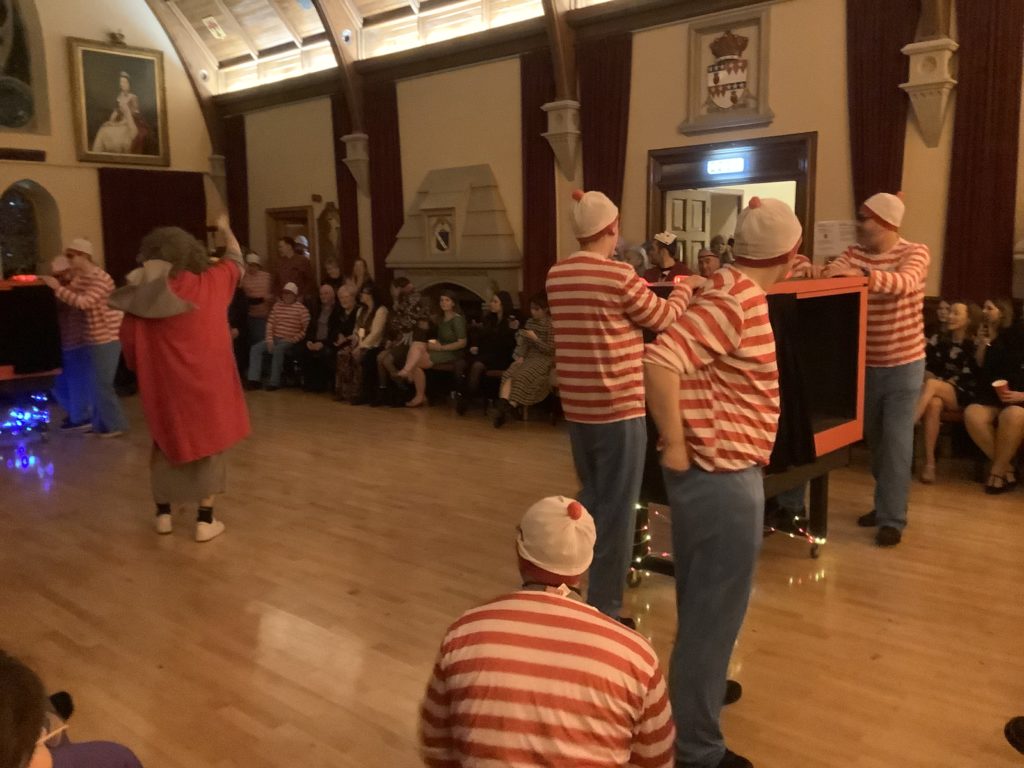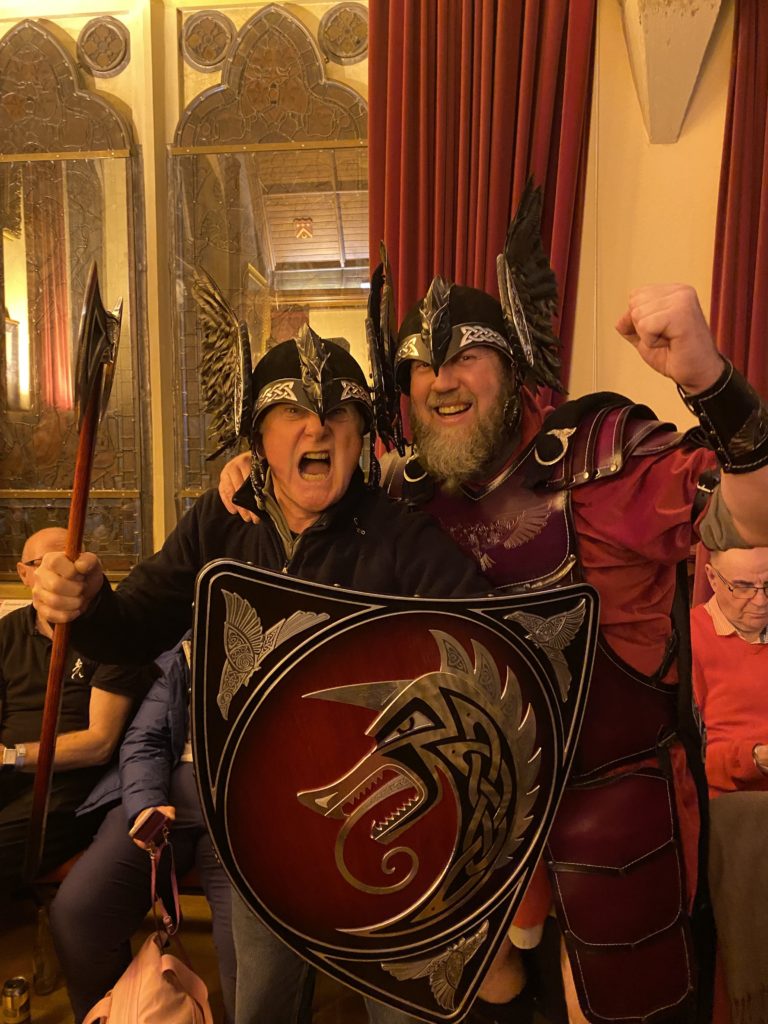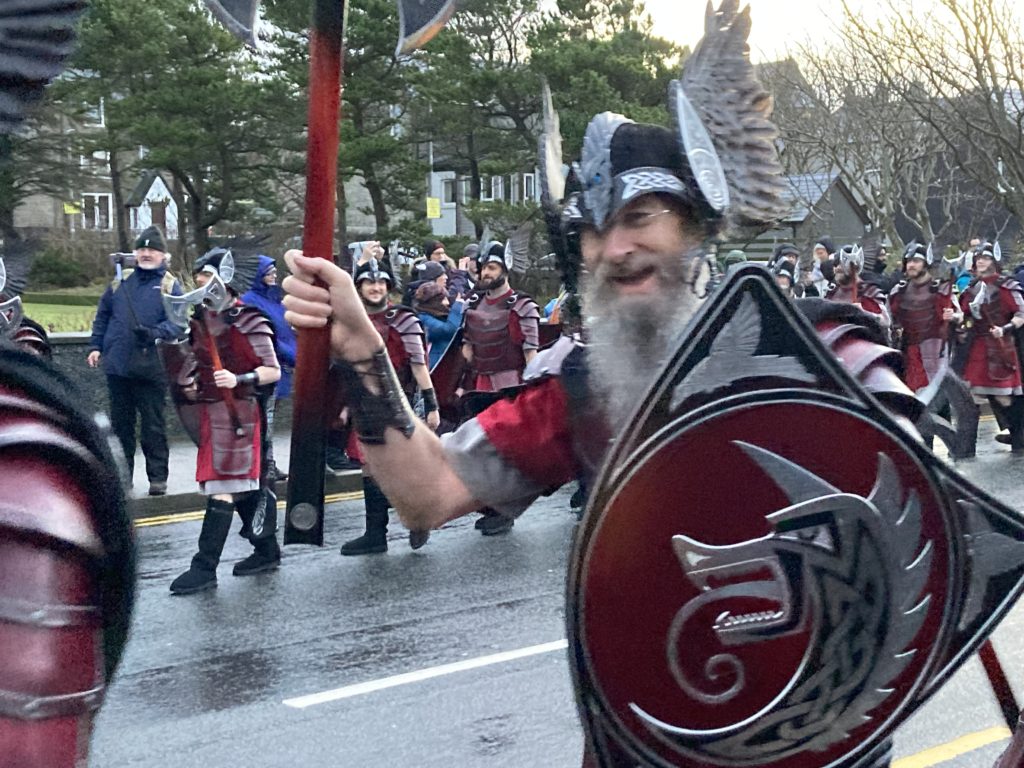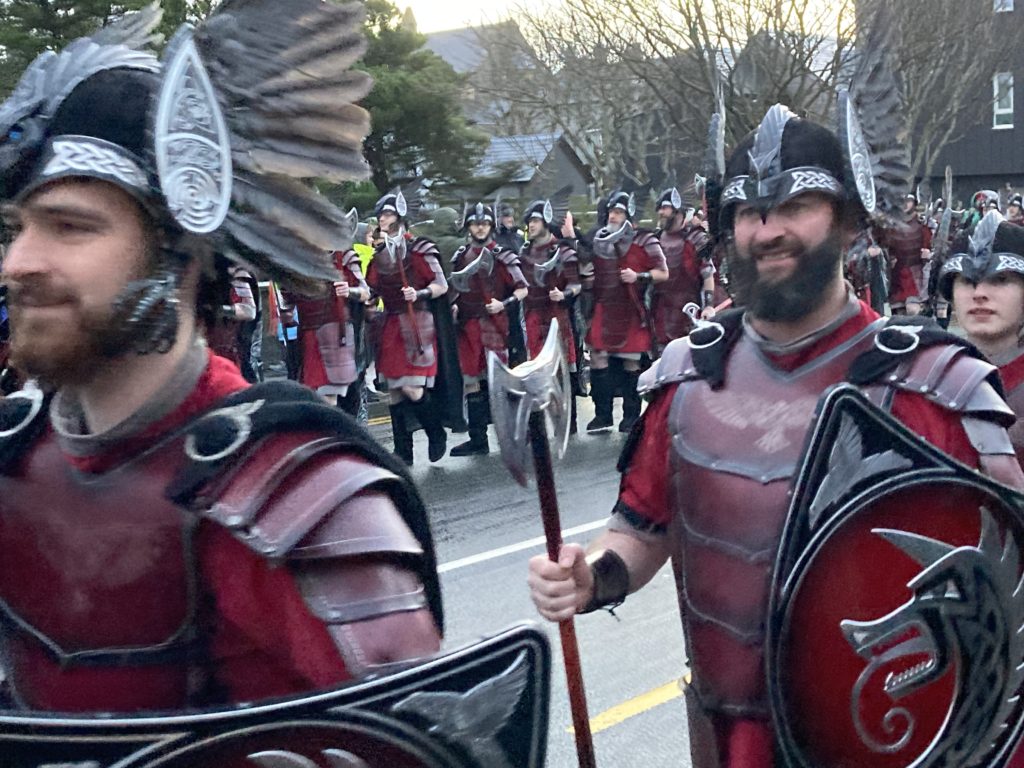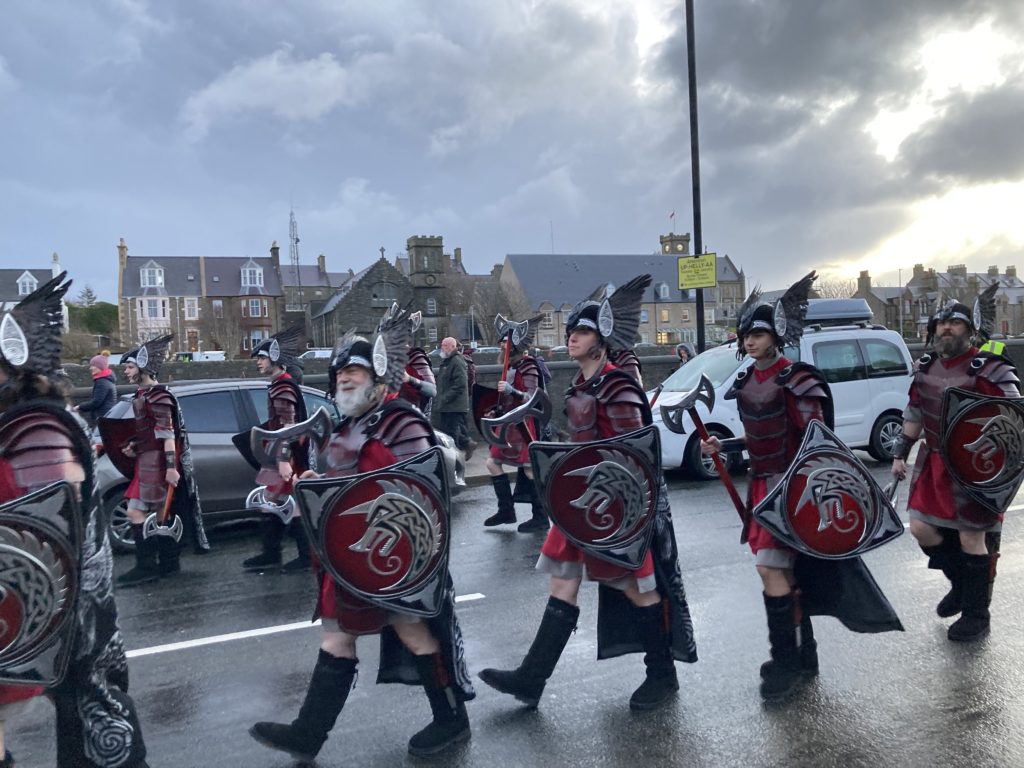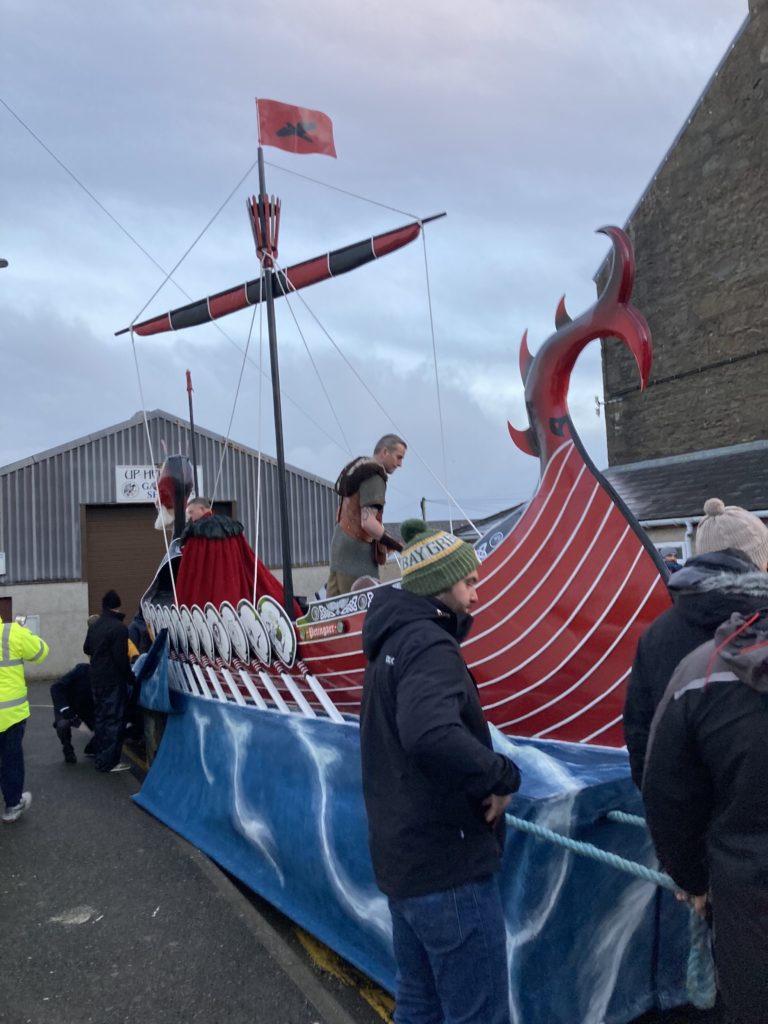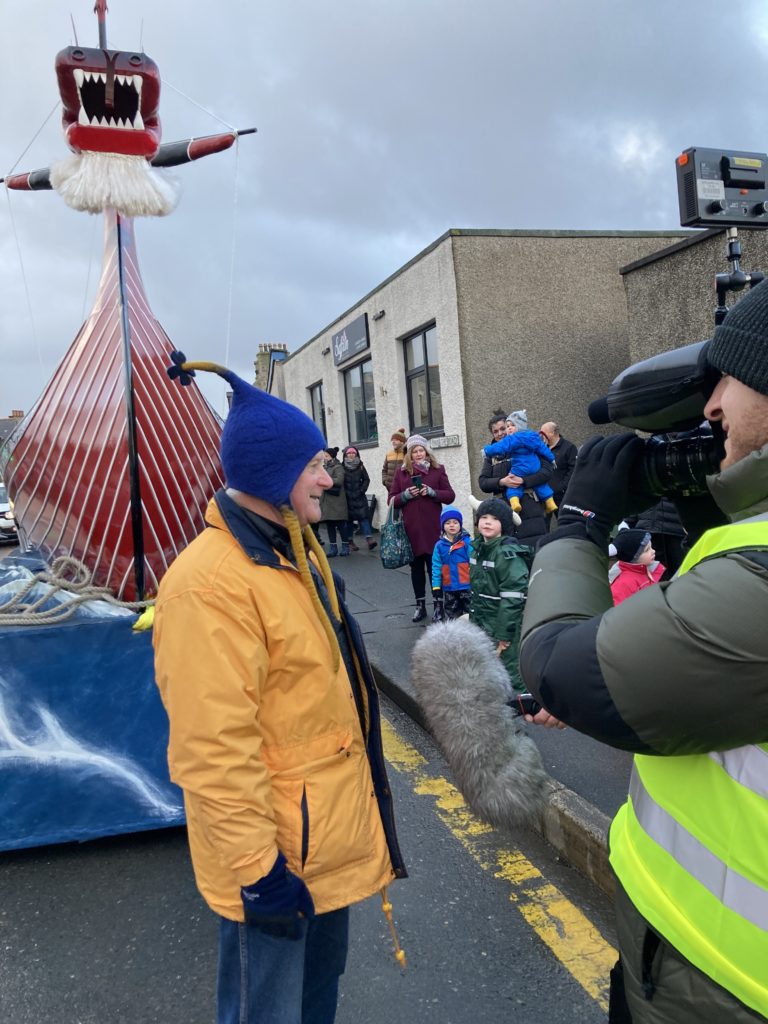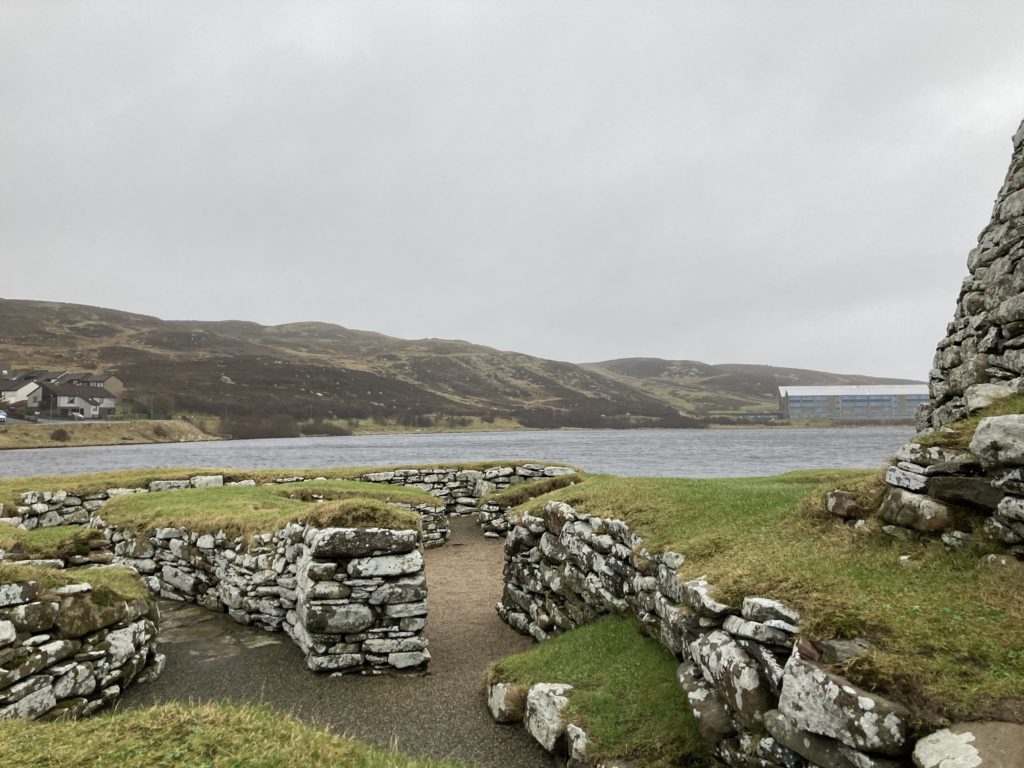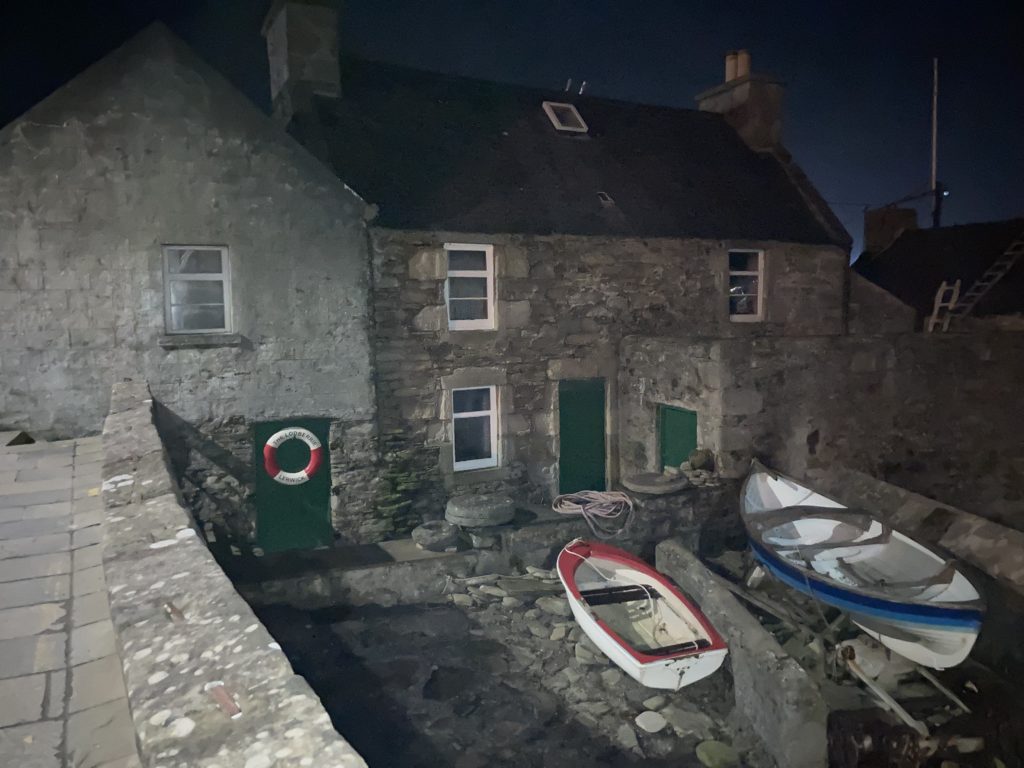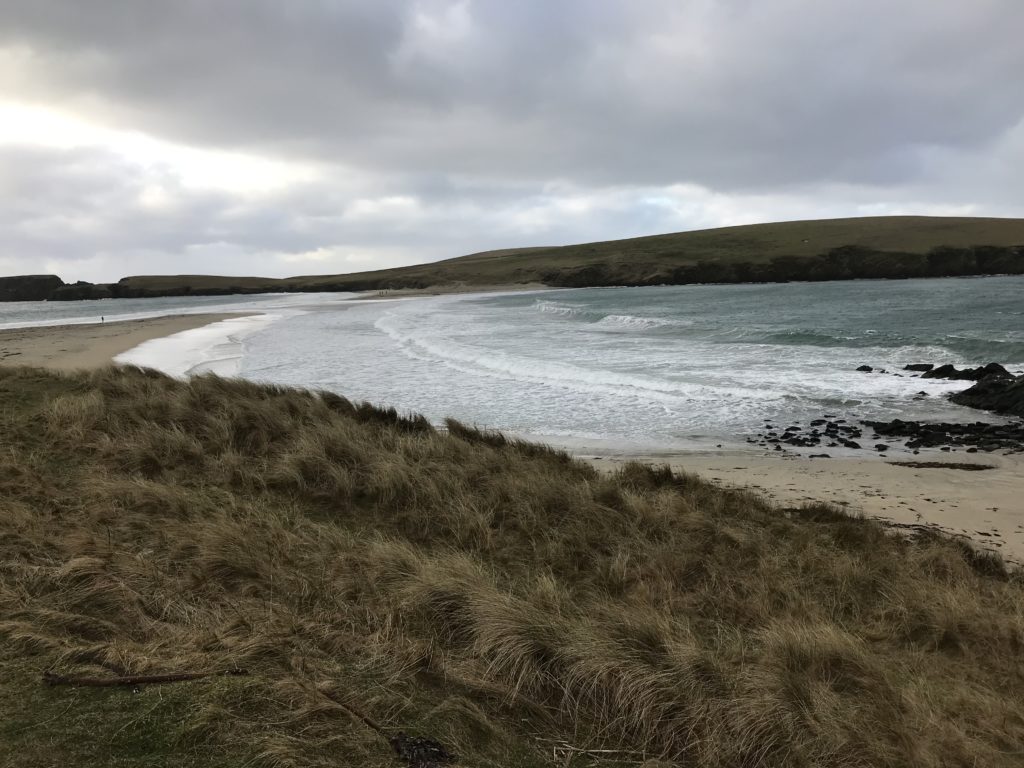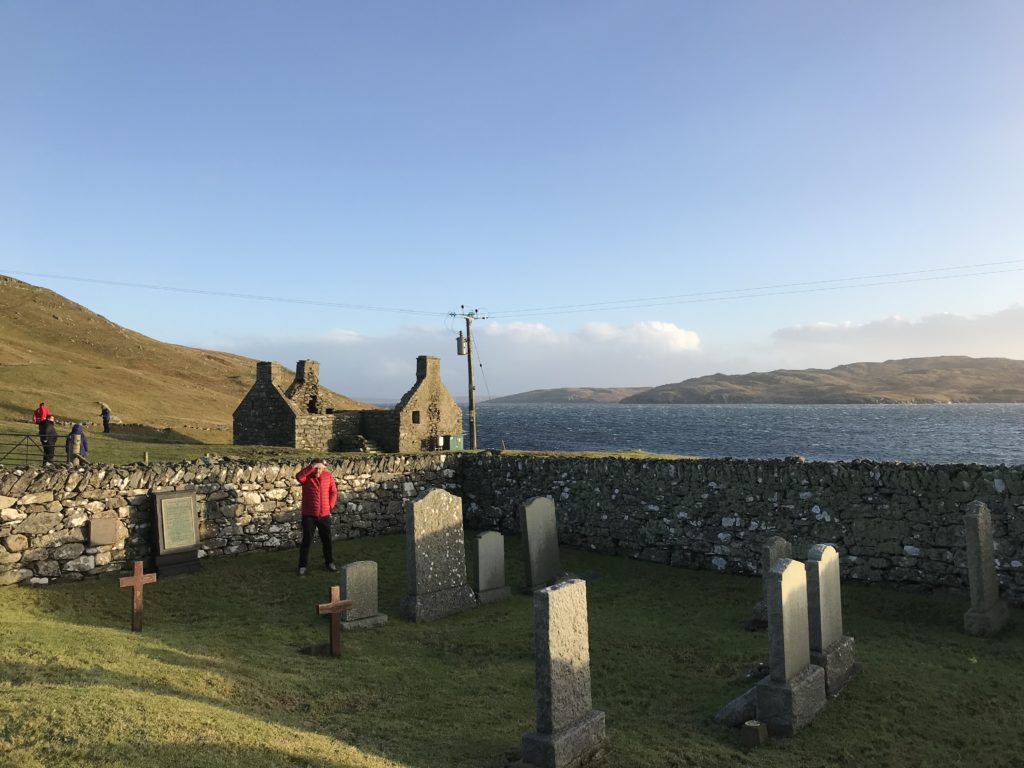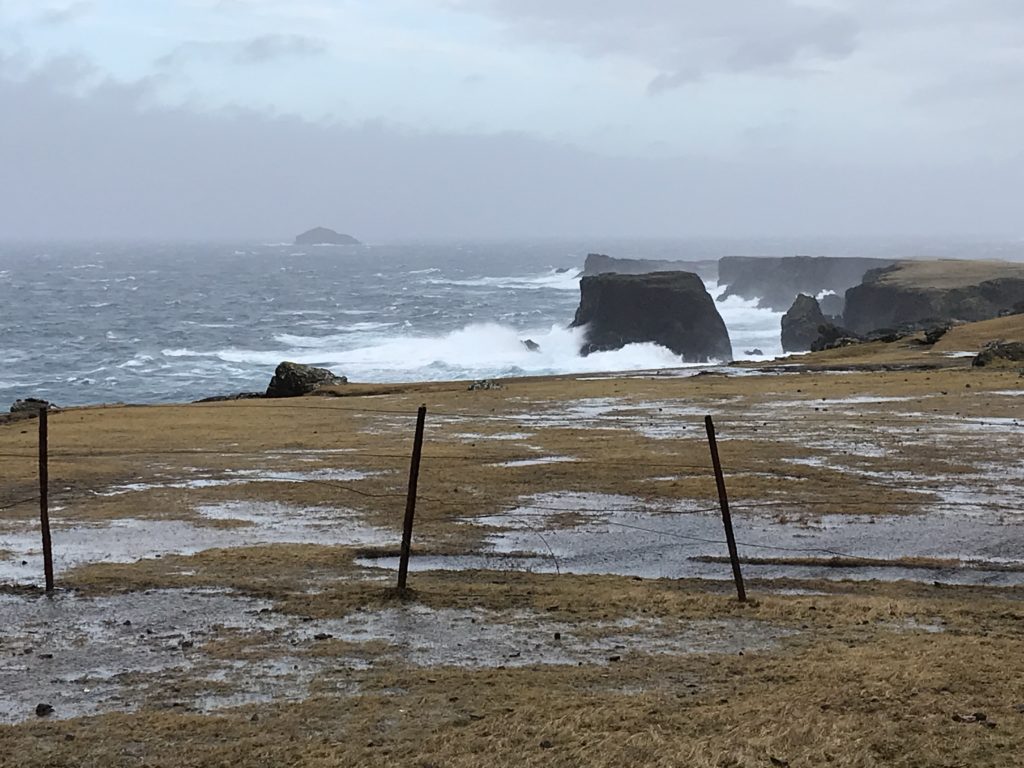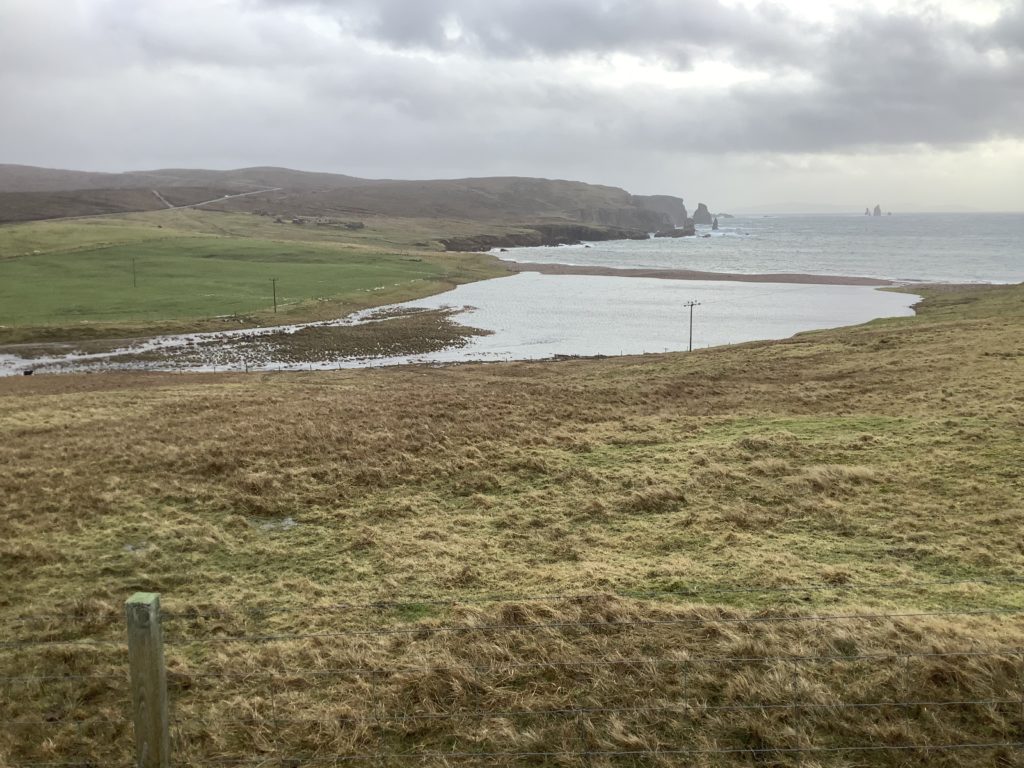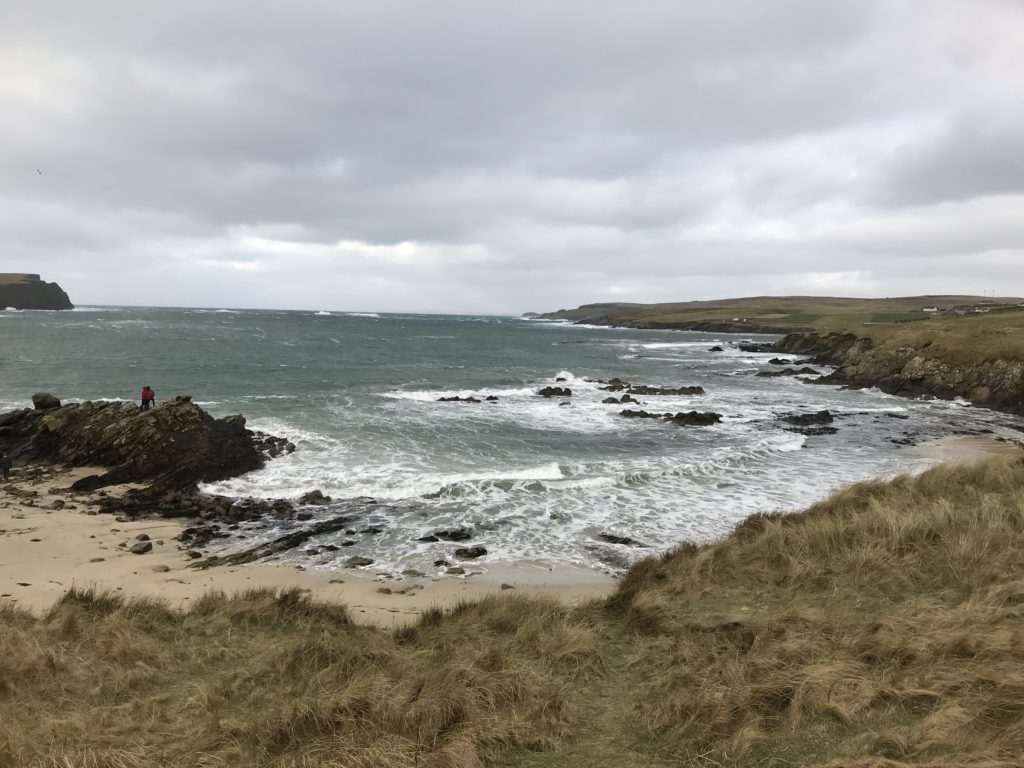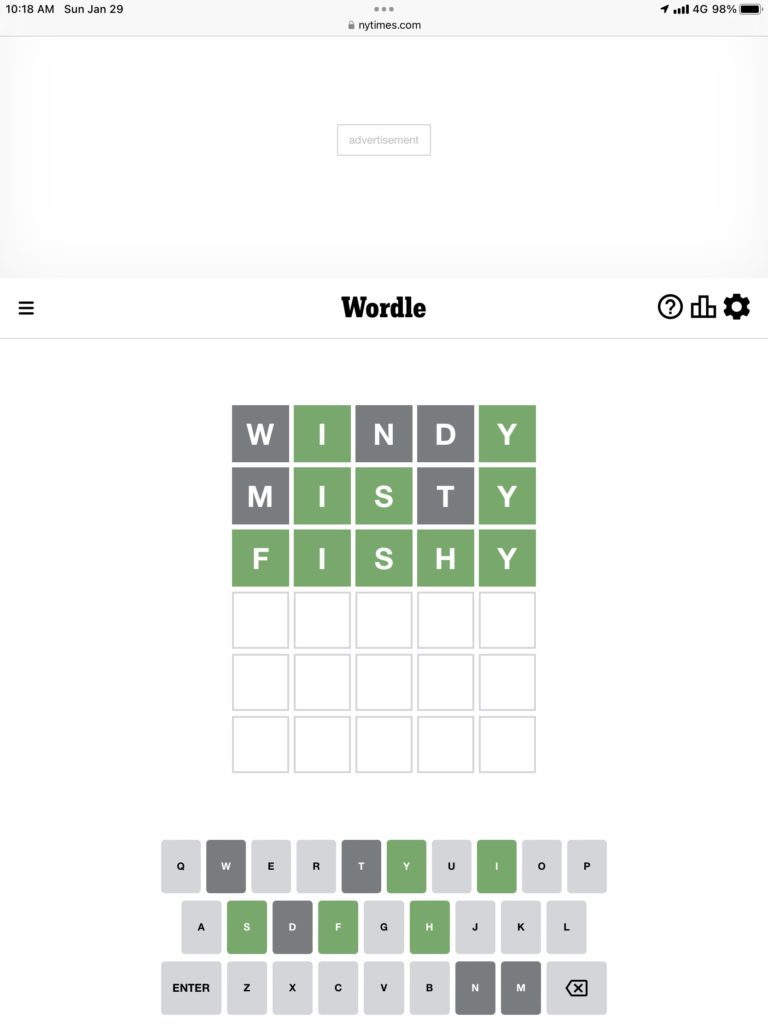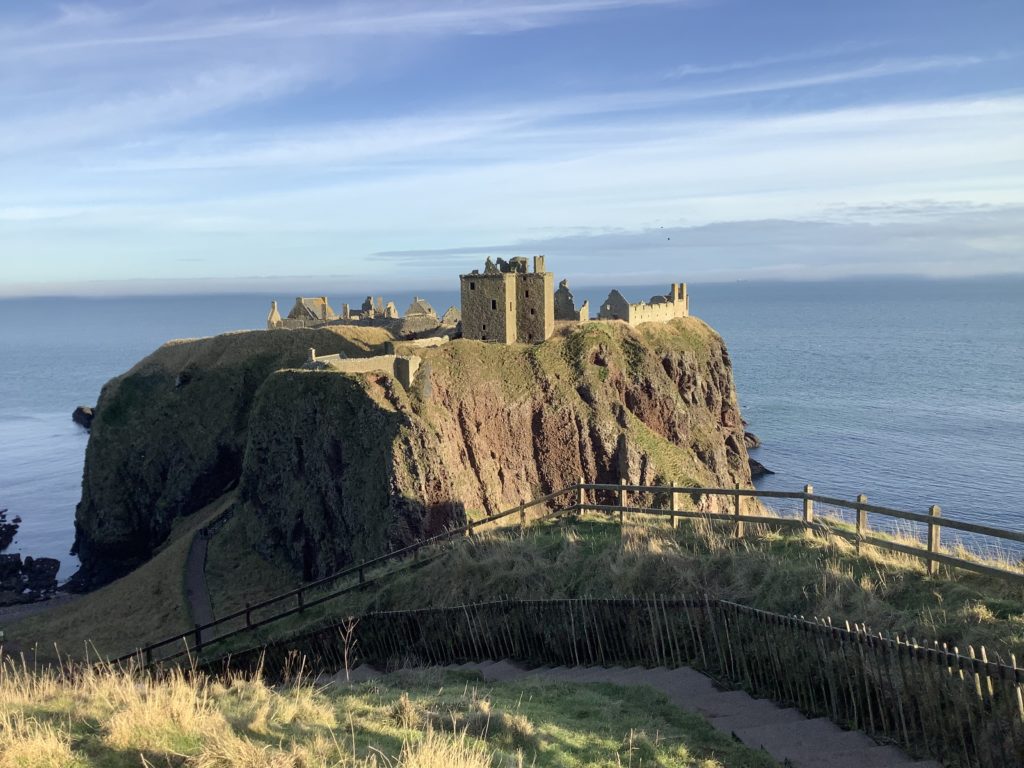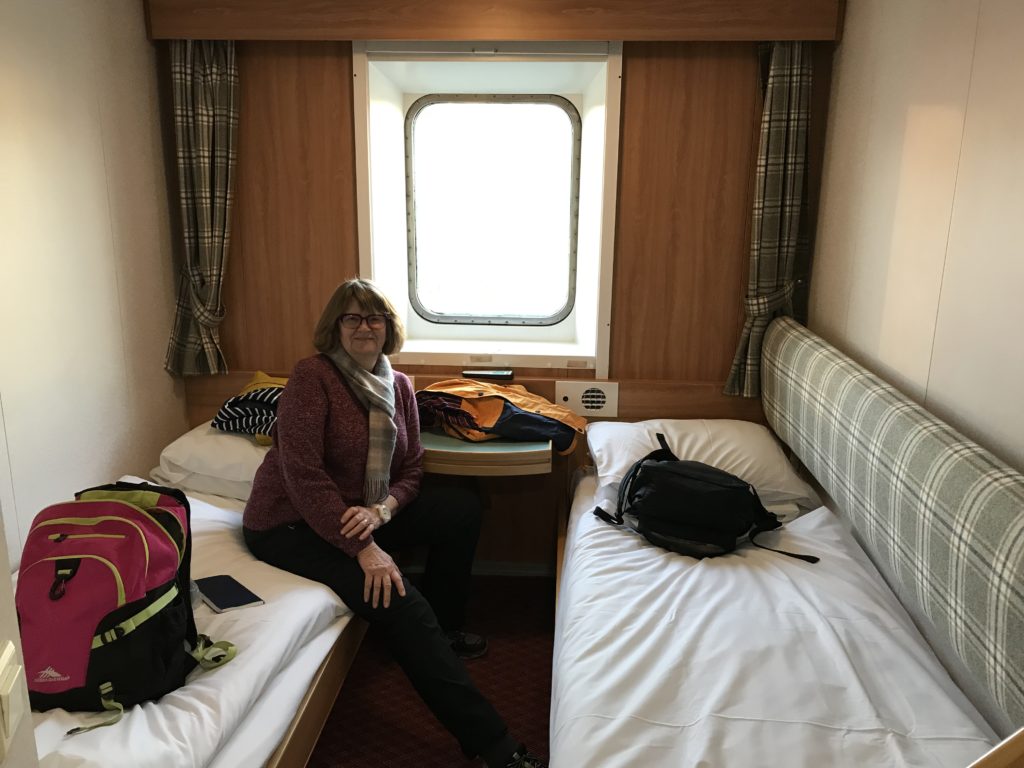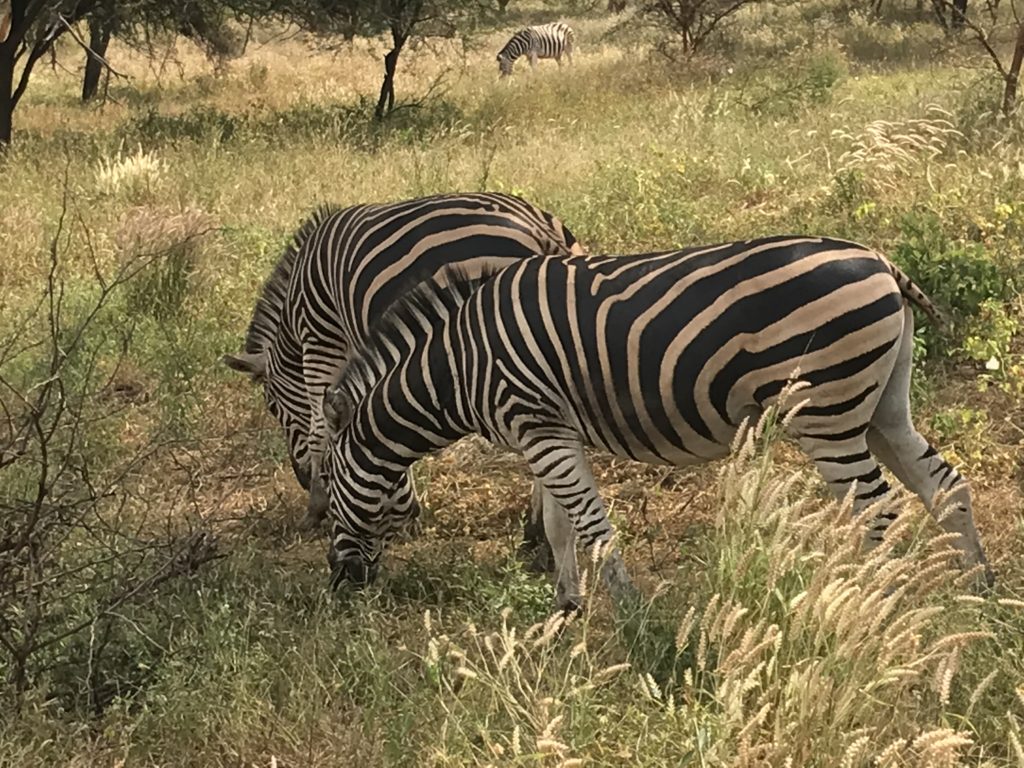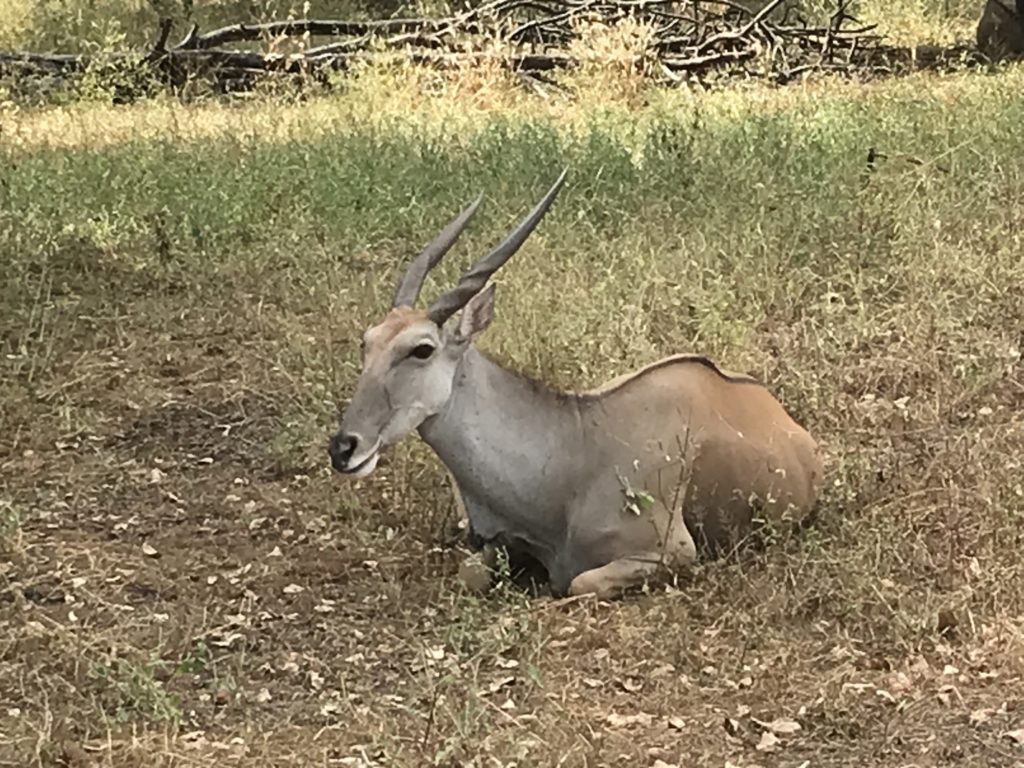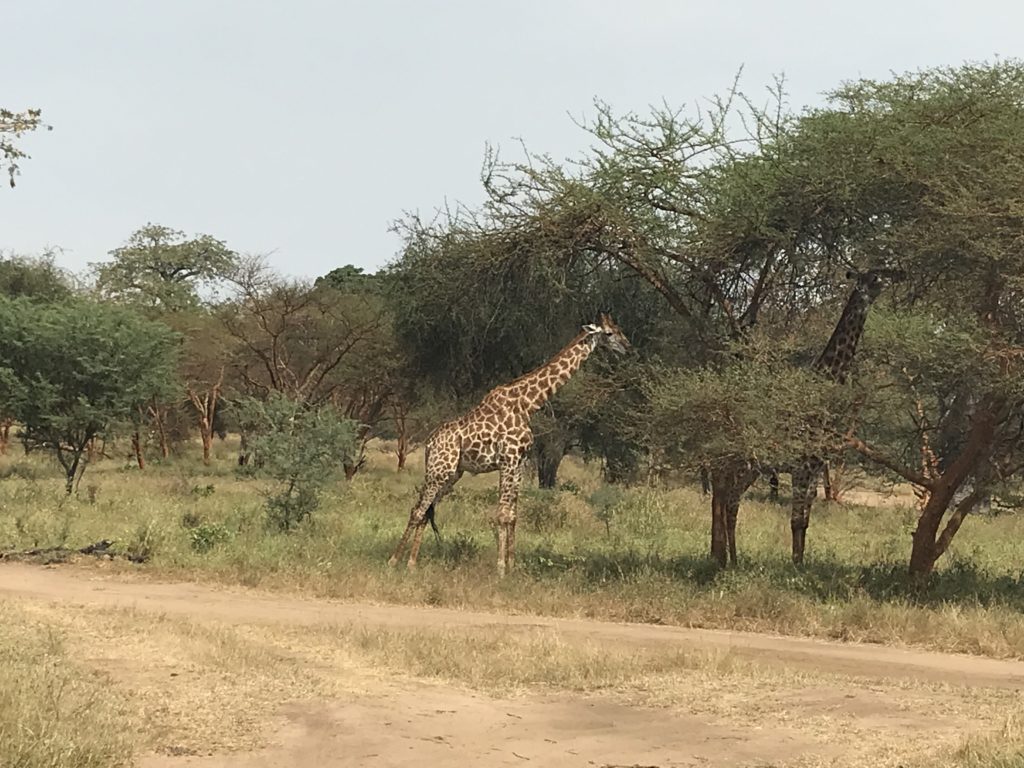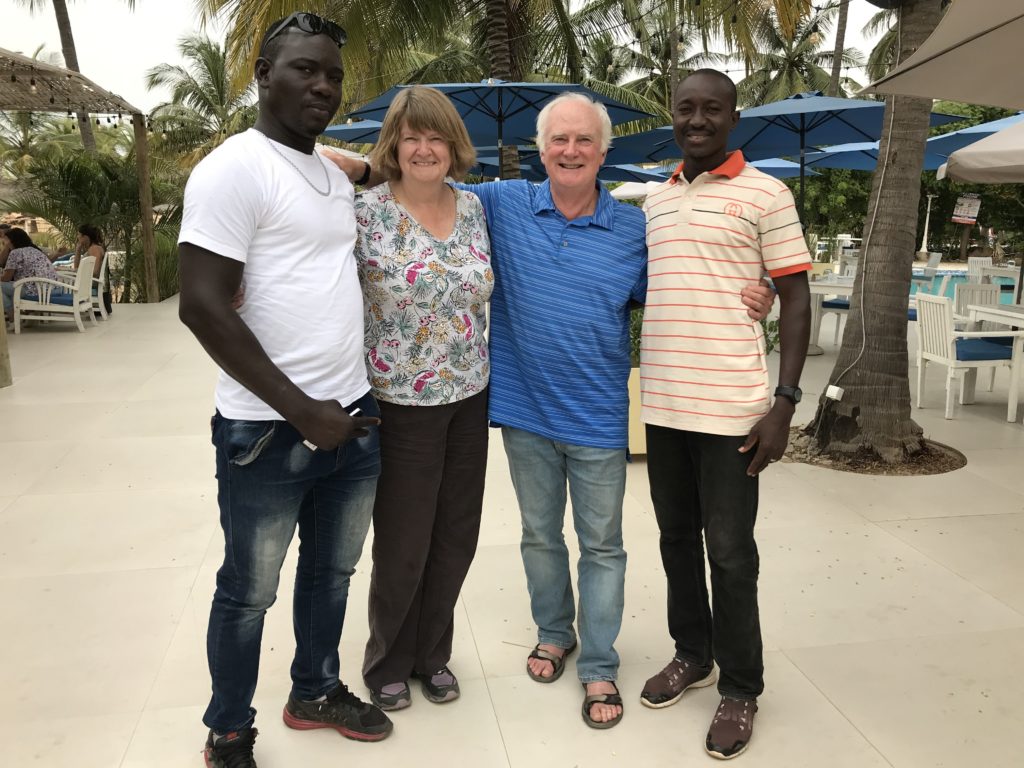Taiwan is a mountainous island, formed several million years ago when the Eurasian tectonic plate and the Philippine Sea plate collided, forcing the plate edges upward out of the sea. It’s not big, only 395 kilometres north to south and 145 kilometres across, but has 268 mountains exceeding 3,000 metres in height.
We did a lot of walking today in the eastern mountainous area. First stop Taroko Gorge, where we hiked a trail that was not difficult in terms of elevation, but nonetheless slightly hairy, because the trail was cut into a cliff, whose ceiling was a little low for a tall North American. I had to watch my head in a few spots.
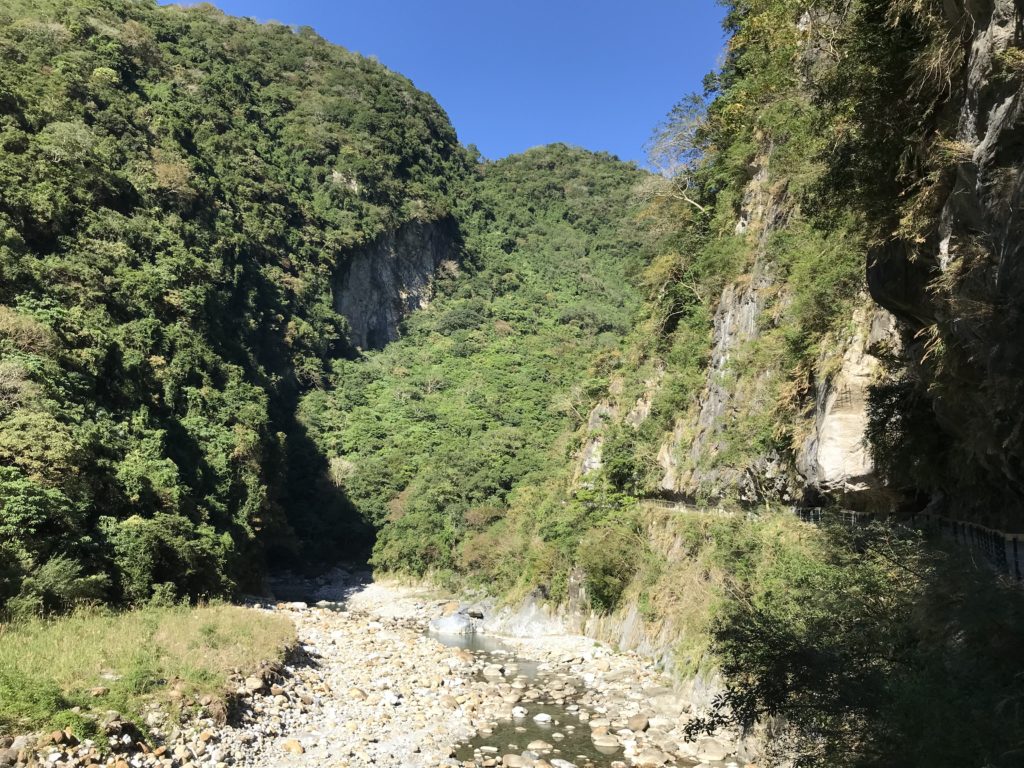
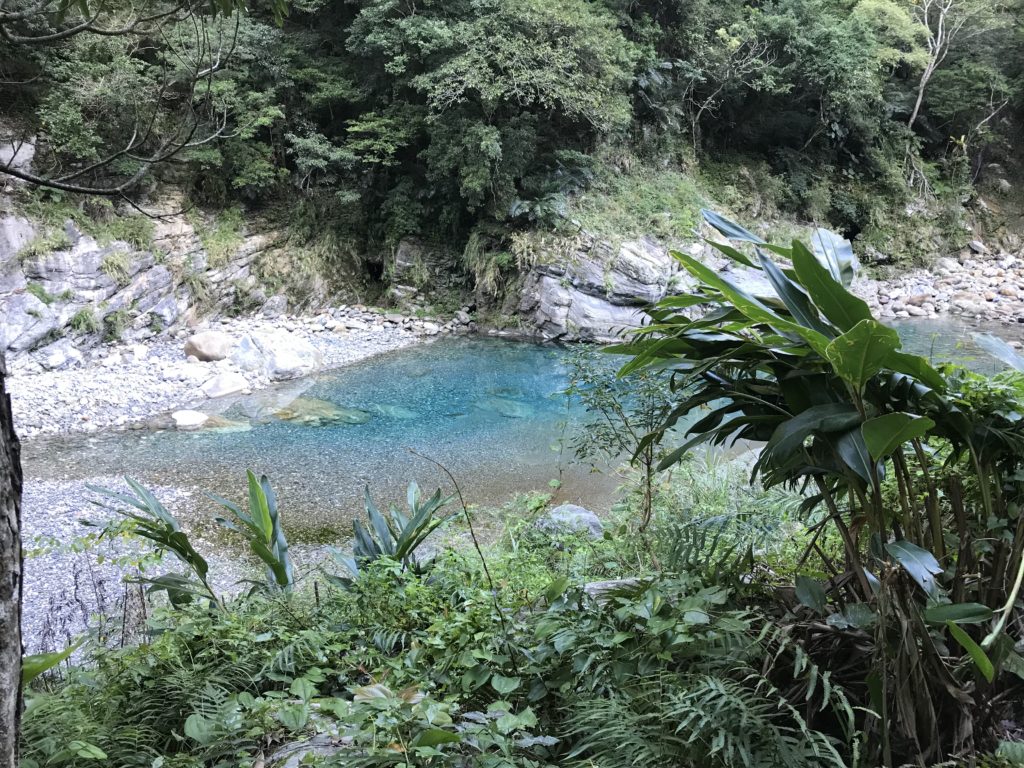
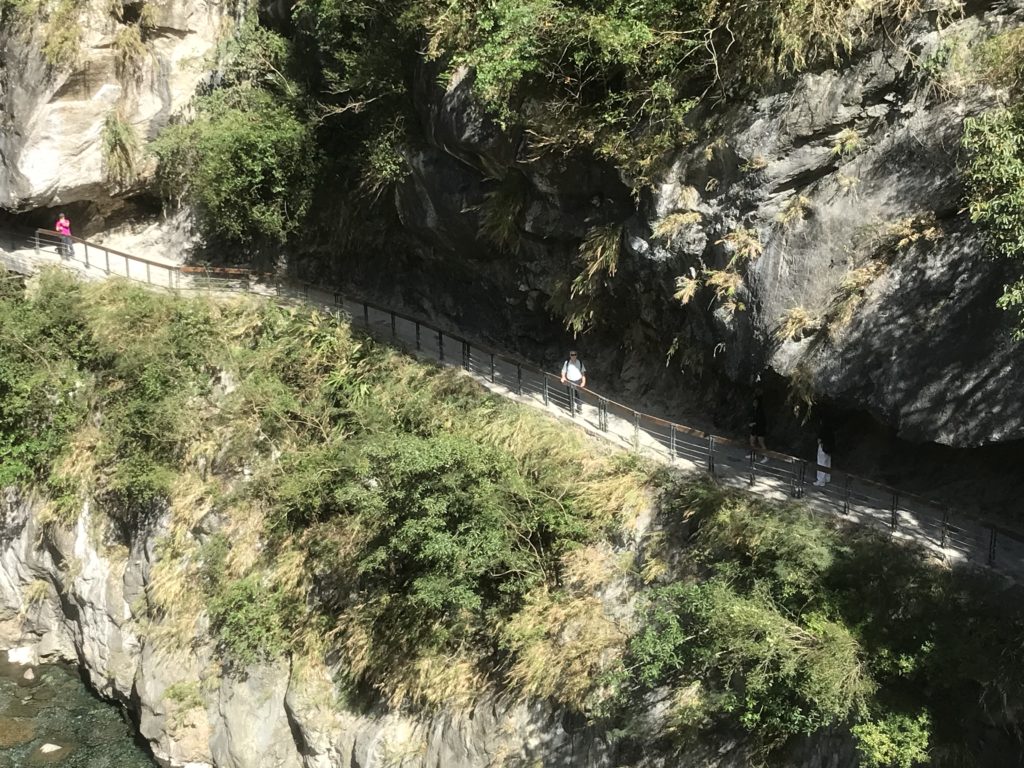
<=== And here is a view looking down from the main road. That’s Geoff on the walking trail looking up at me, and the person in pink on the left is just emerging from the cliff-cut trail with the low ceiling.
Next stop Qingshui Cliff, a highly-Instagrammable beauty spot. This is the actual edge of the collided tectonic plates. The cliff continues below the water to a depth that is greater than its above-water height, and it increases in height by about 2 centimetres every year. Geology professors often take student groups there, as it is apparently very rare to find a place where such activity can be easily observed and measured.
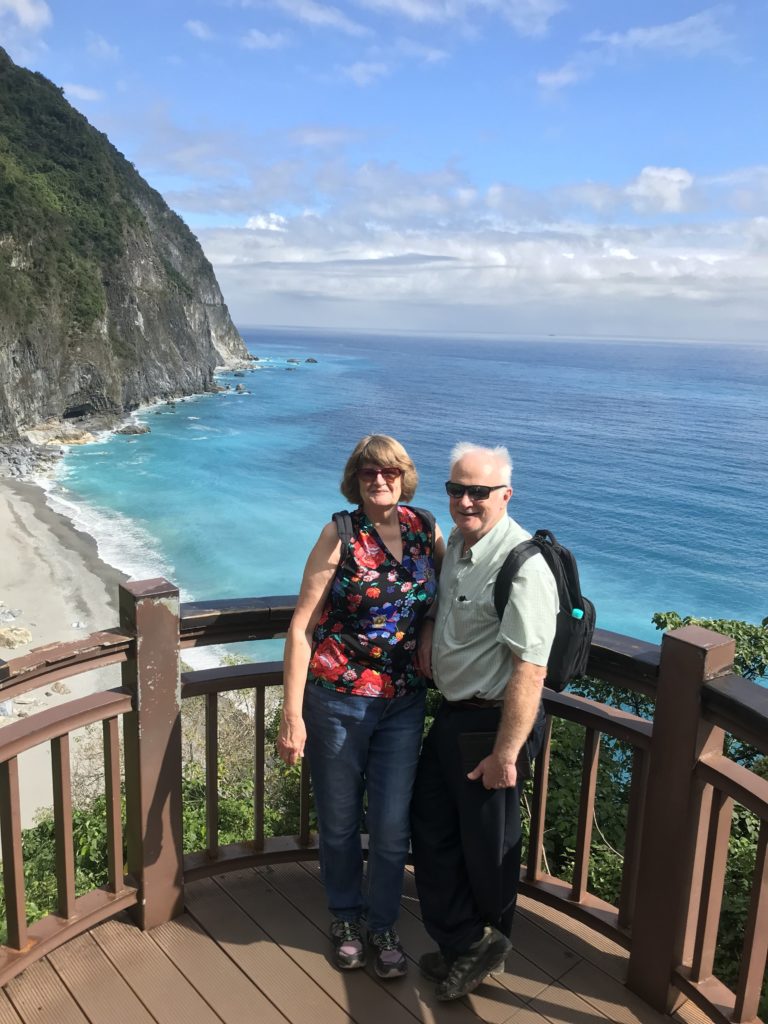
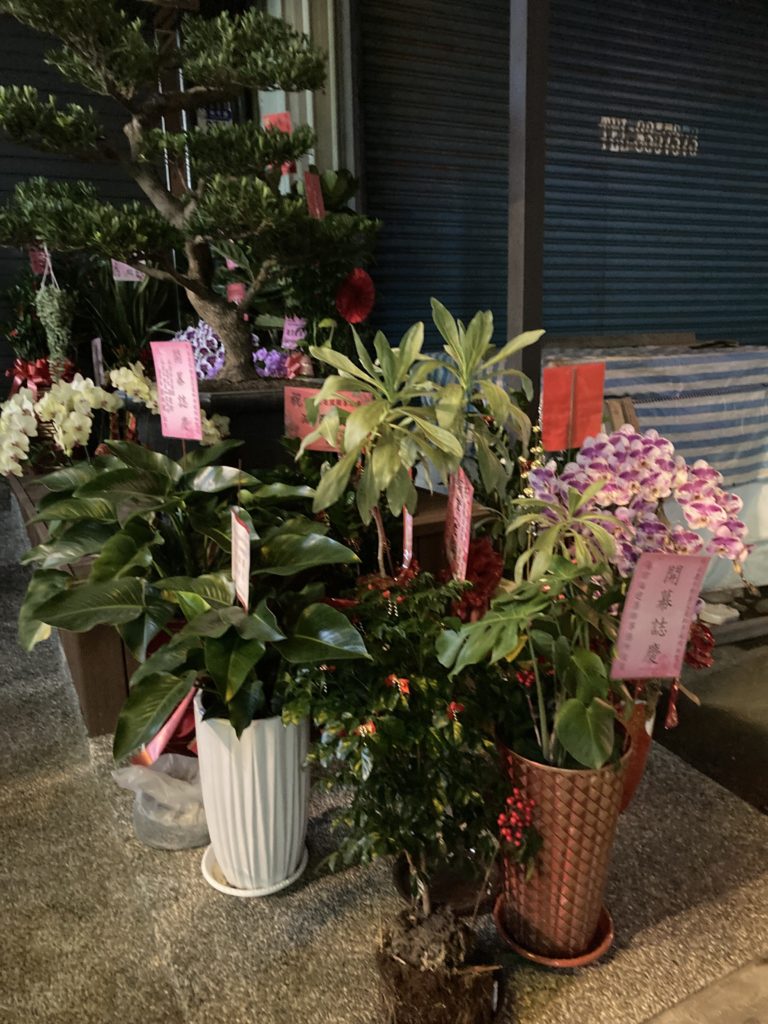
Another interesting snippet about Taiwan: it has very little crime; for example, our guide tells us most lost wallets are quickly returned. We saw a surprising thing connected to this late last night, passing a closed-for-the-day shop with many beautiful floral arrangements outside. I felt sure that, had a Toronto shop left out comparable displays, they would all have mysteriously vanished before we could have seen them!
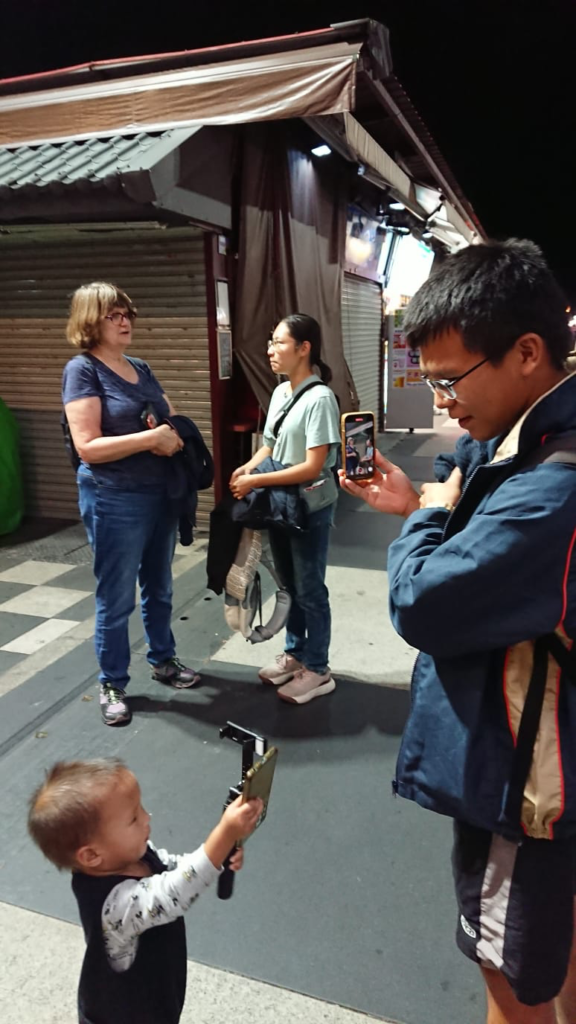
A final note: I may not yet be an influencer, but was interviewed on the street about language-learning by a young YouTuber. Well, I guess even Gwyneth Paltrow had to start somewhere! 😉
and ps, isn’t her toddler cute?
